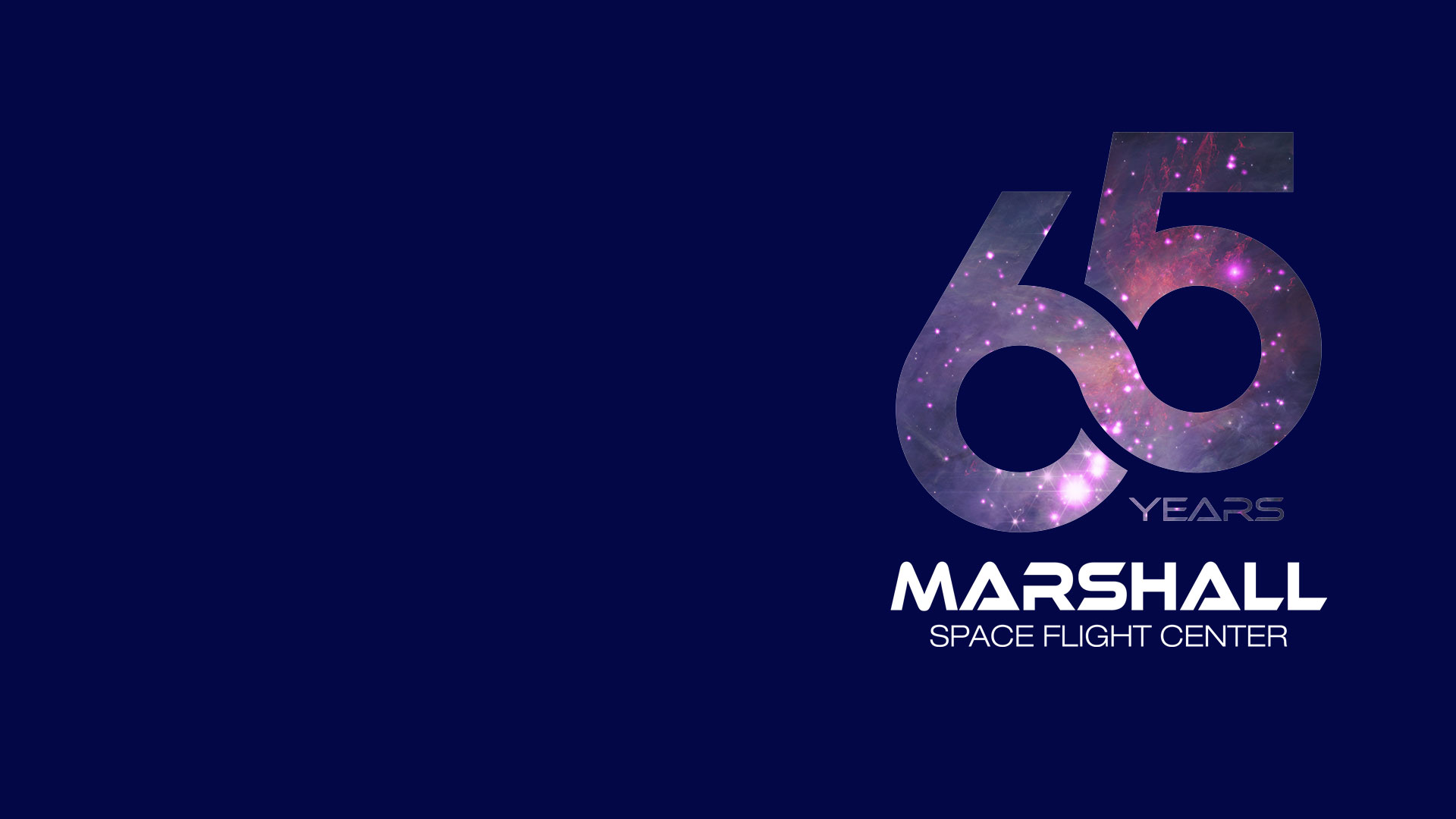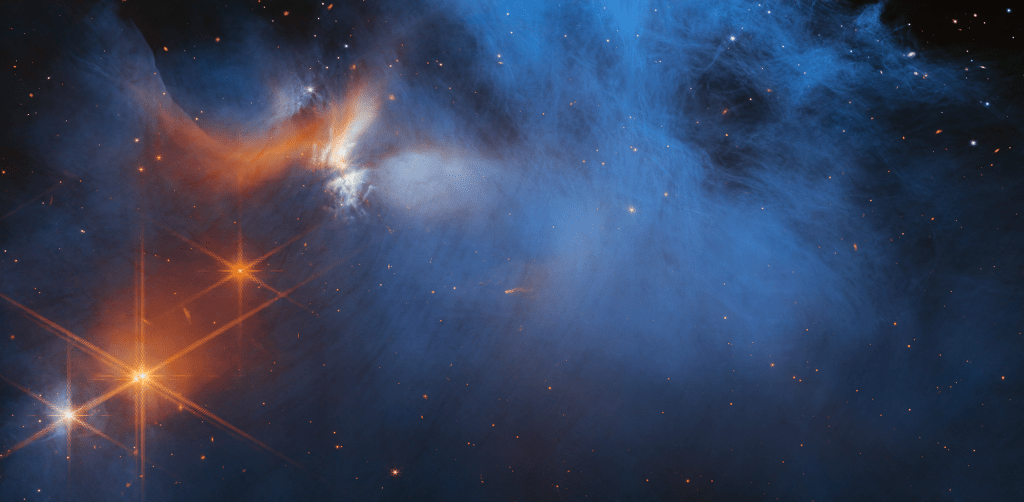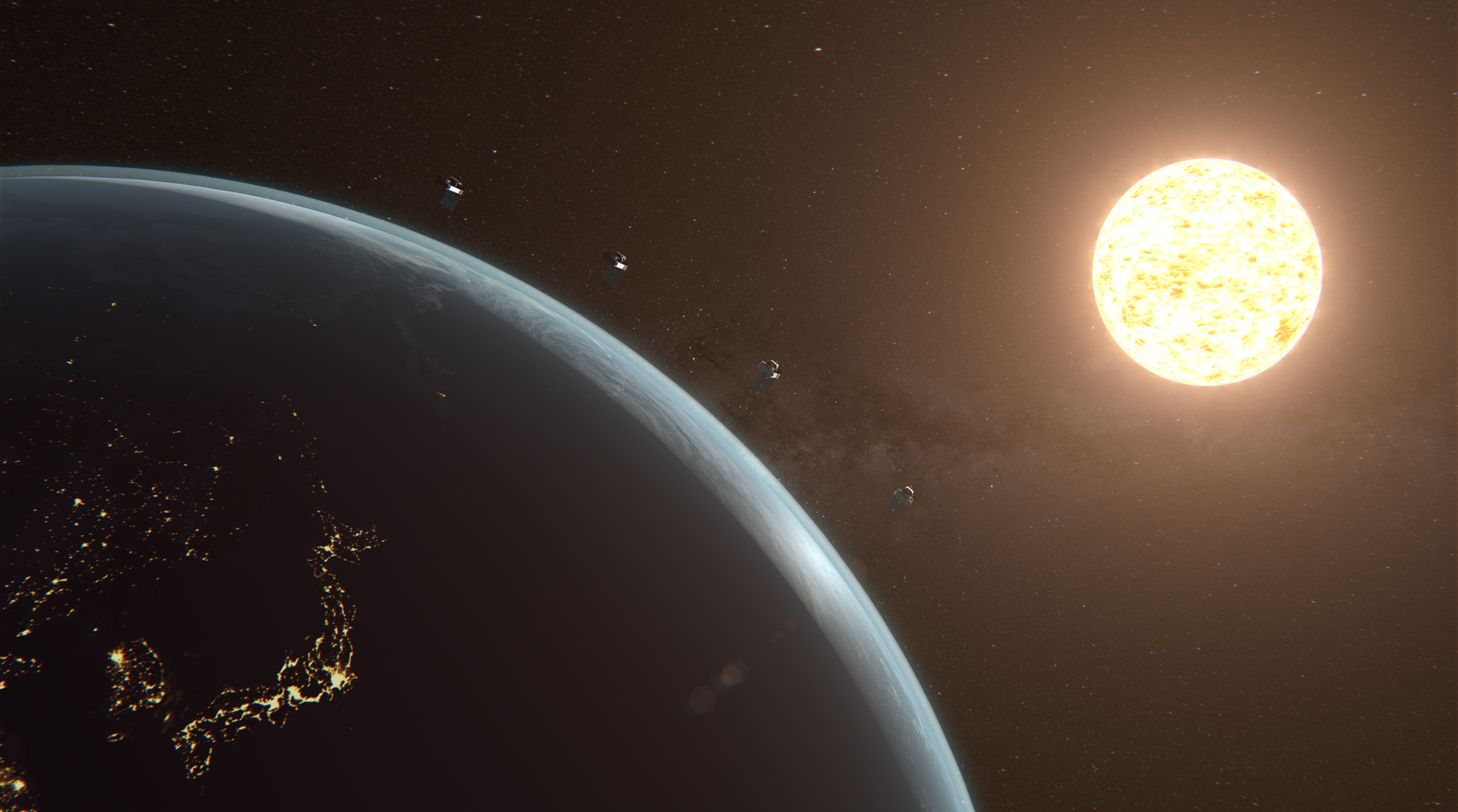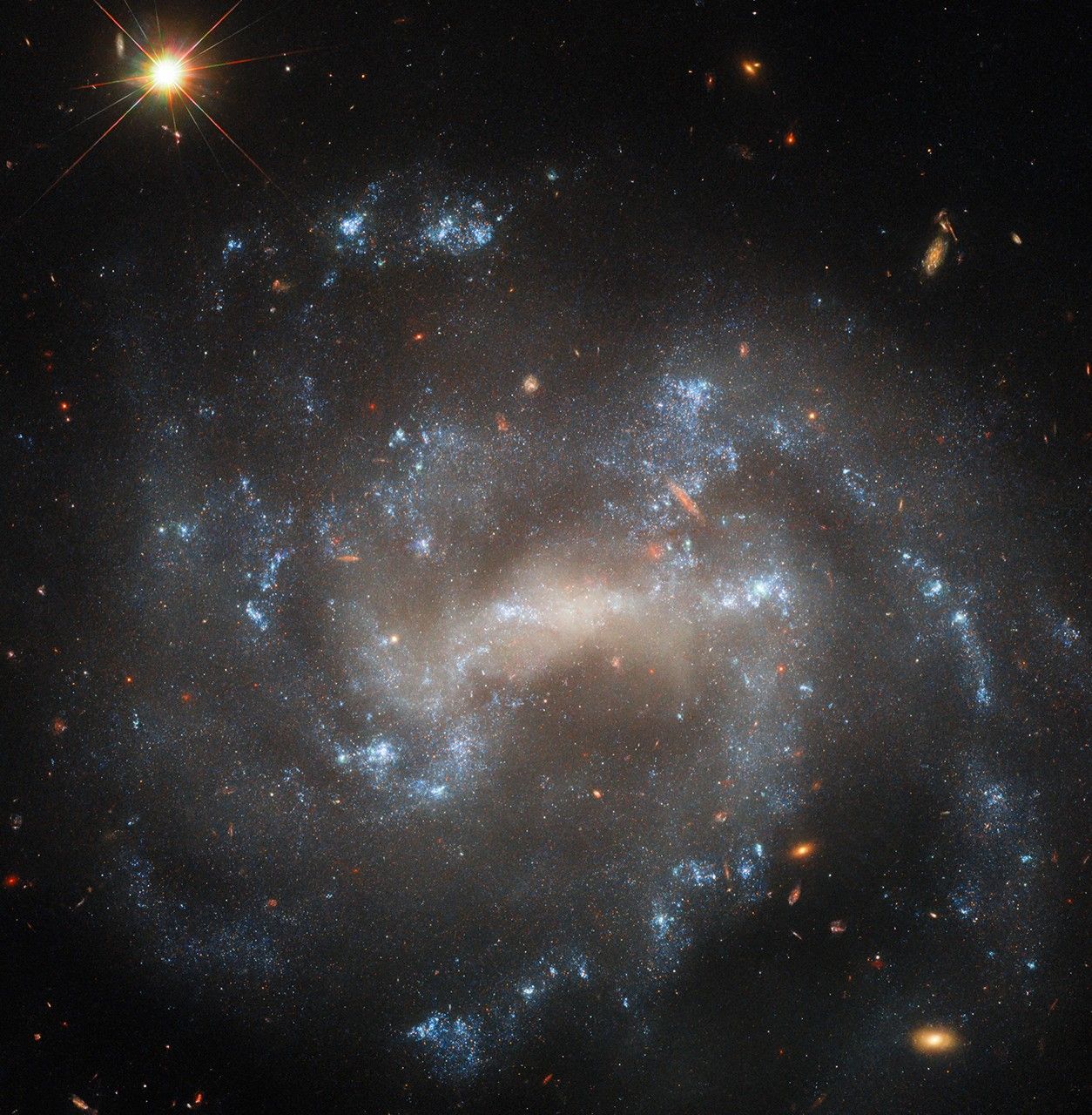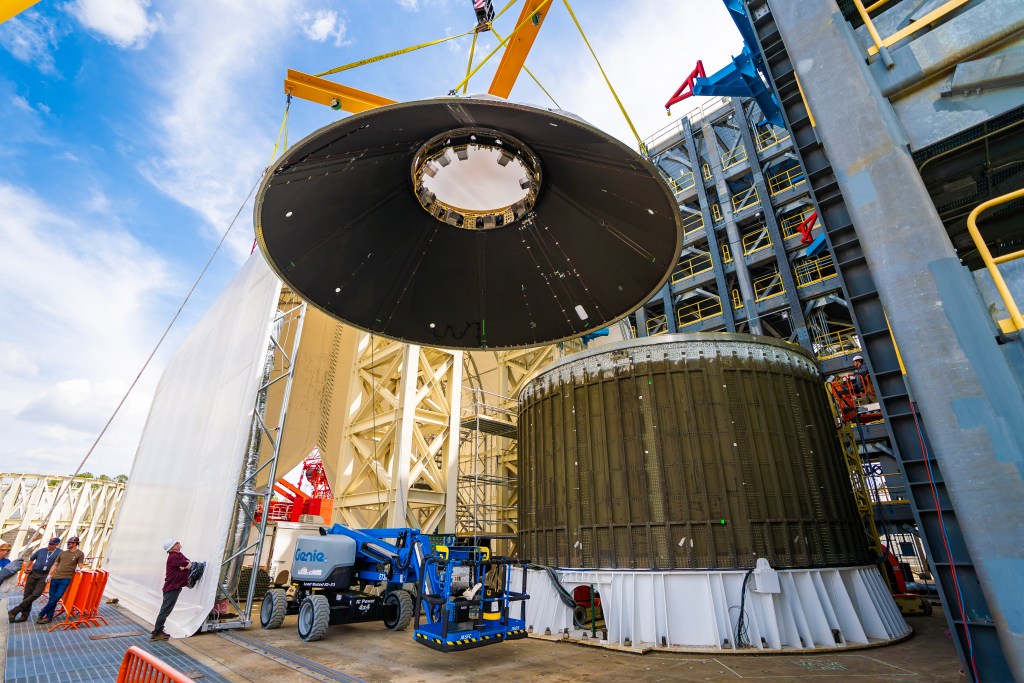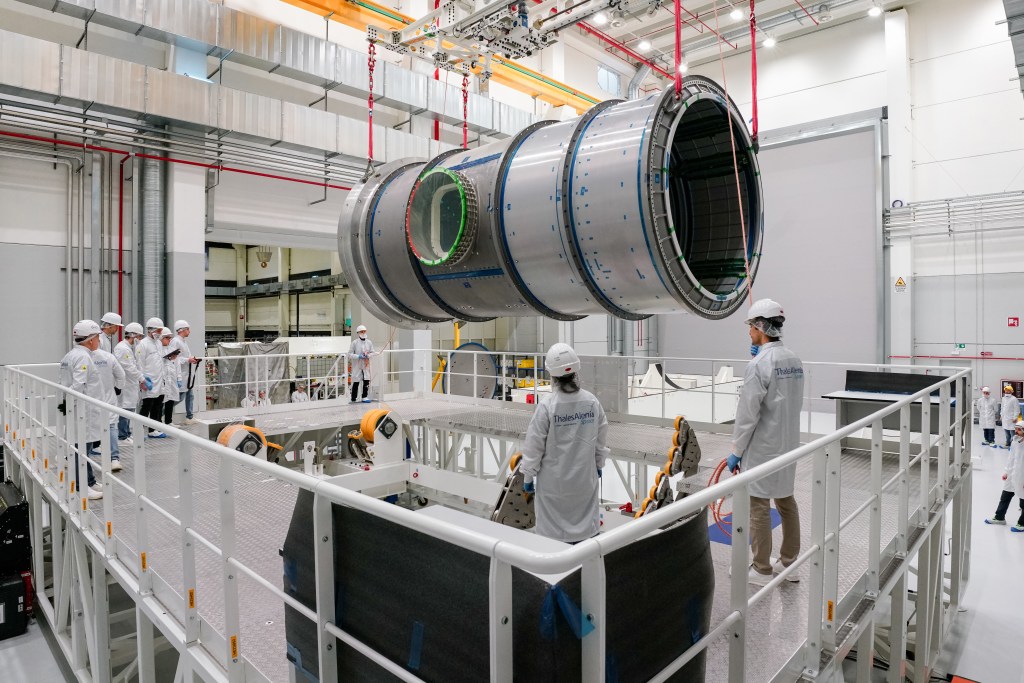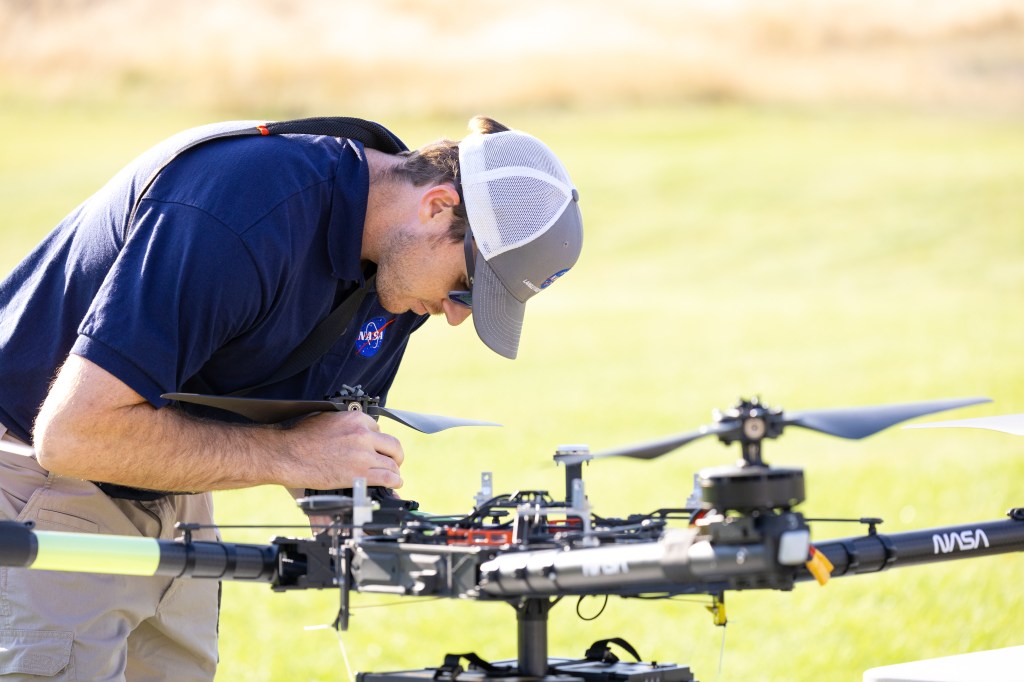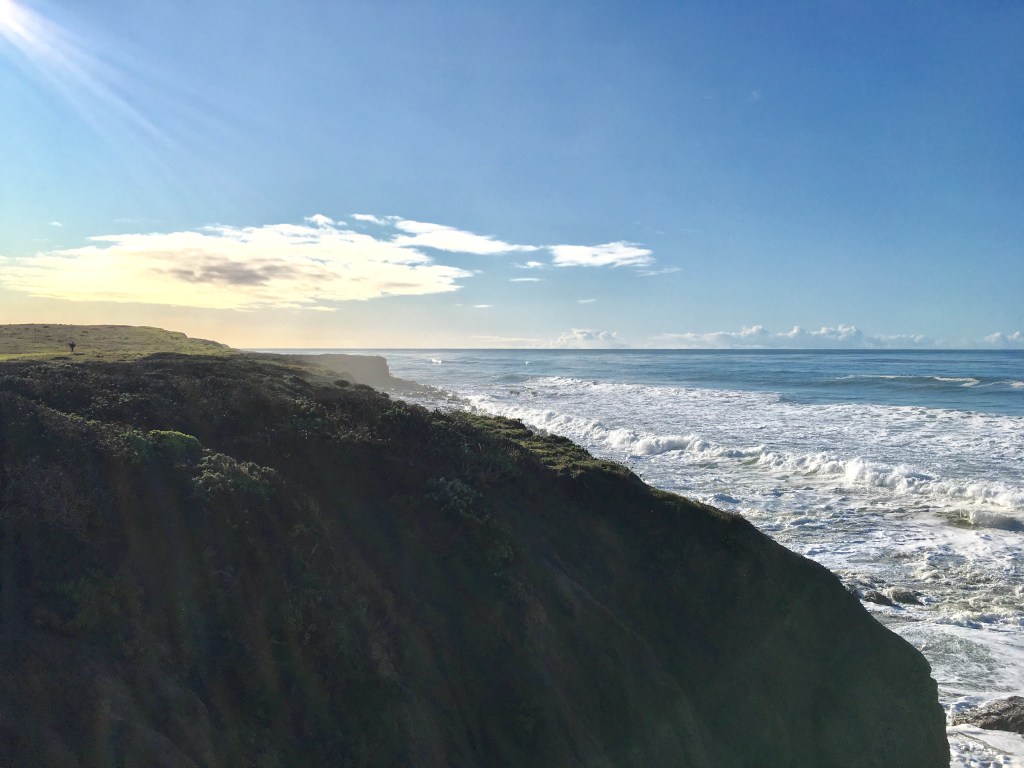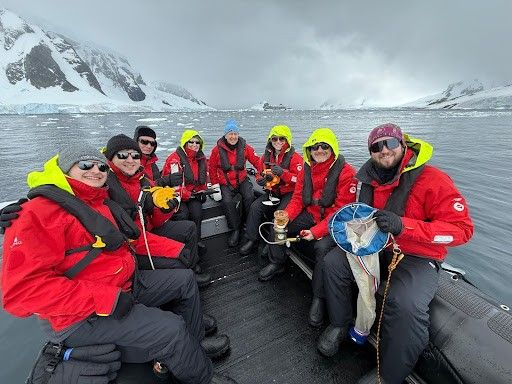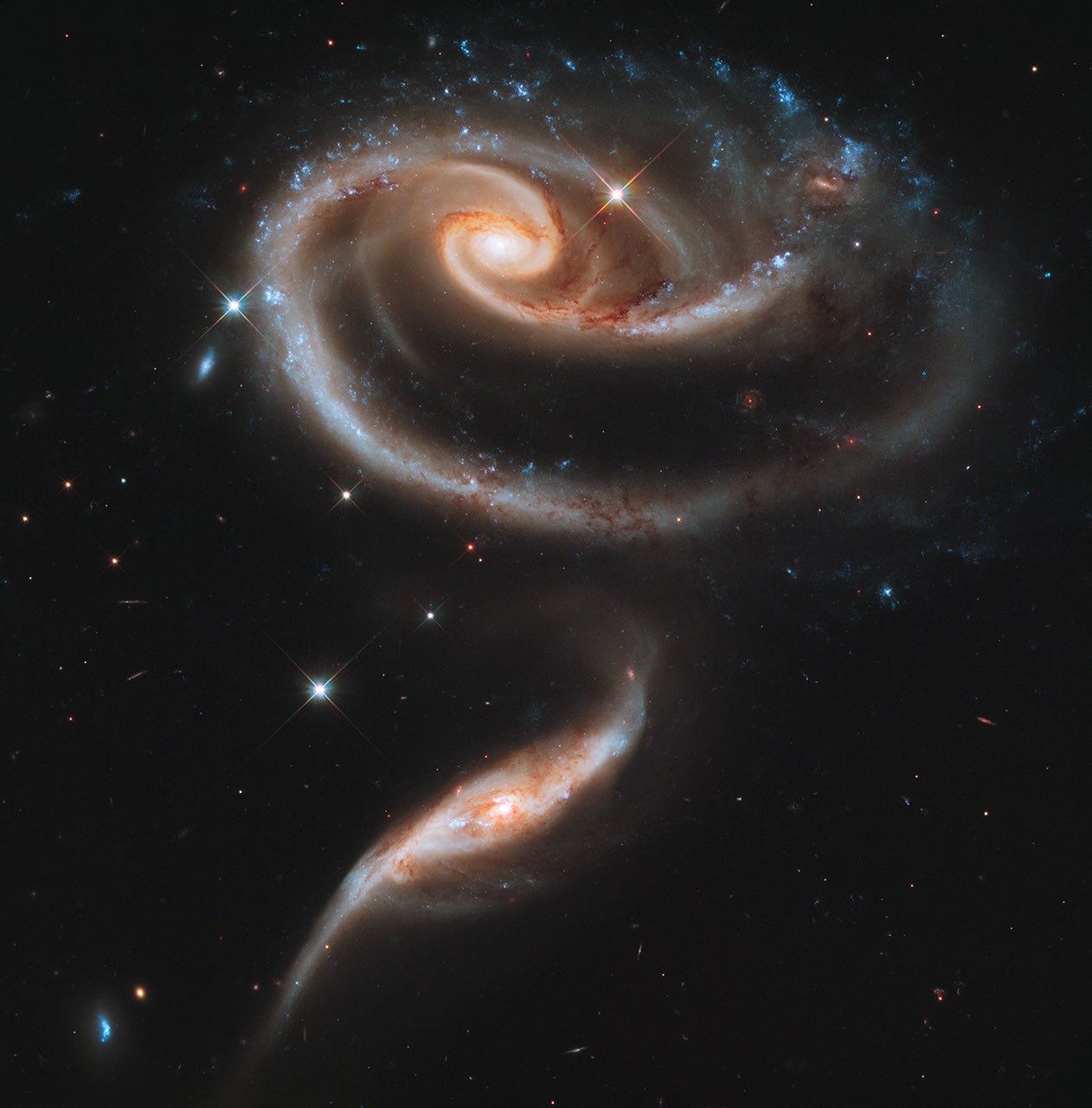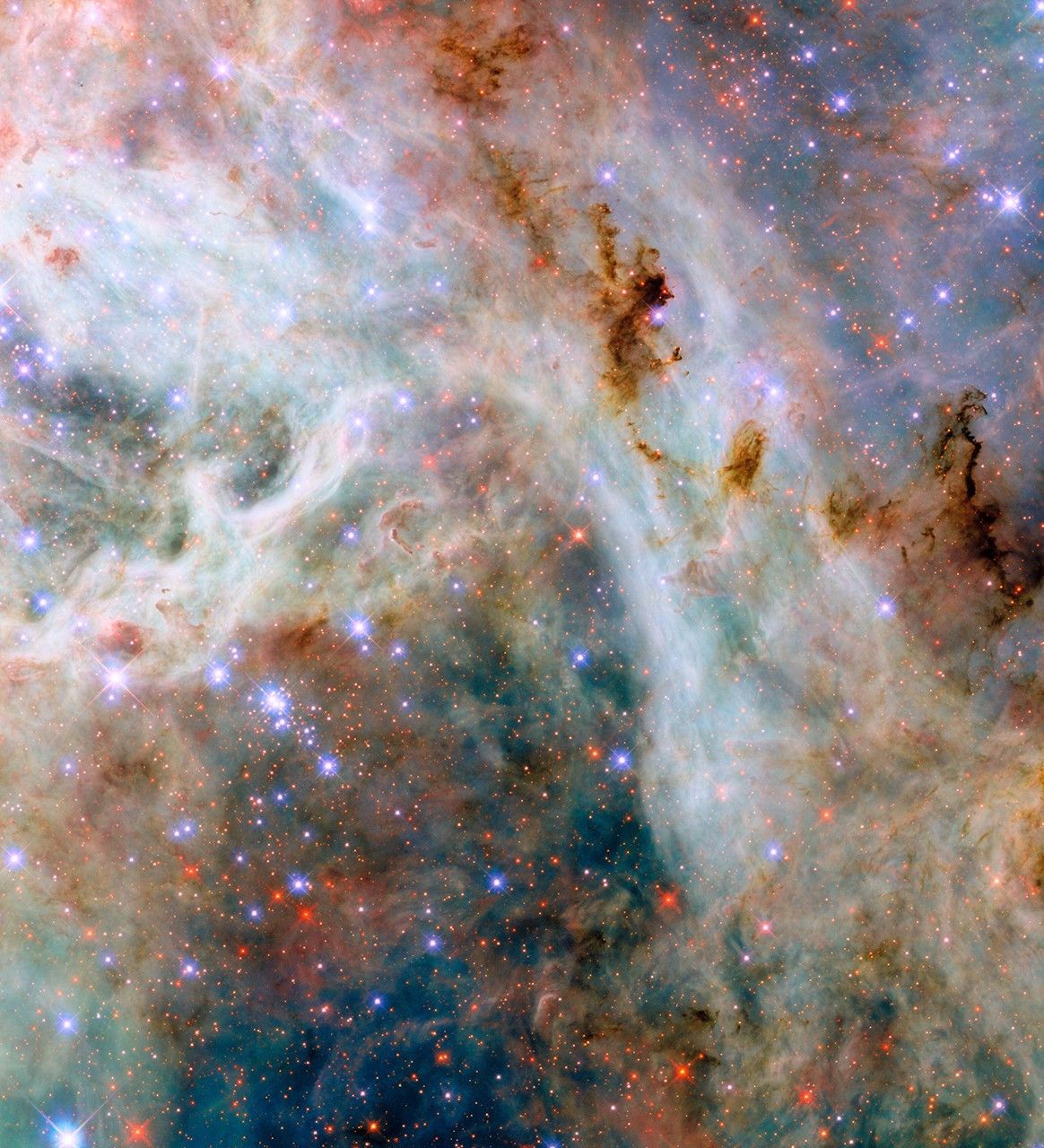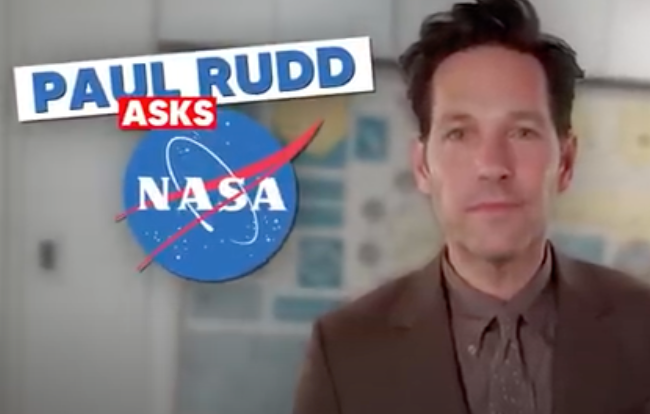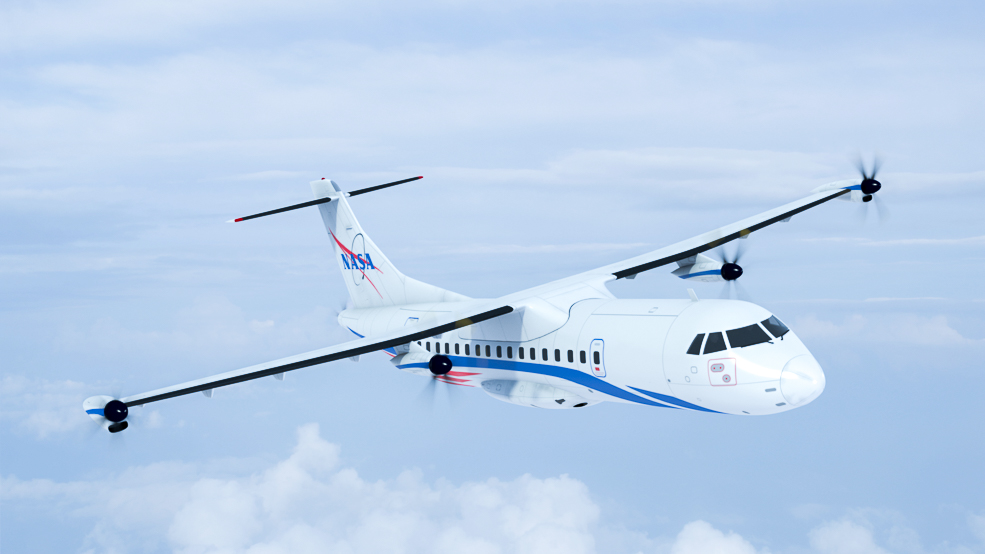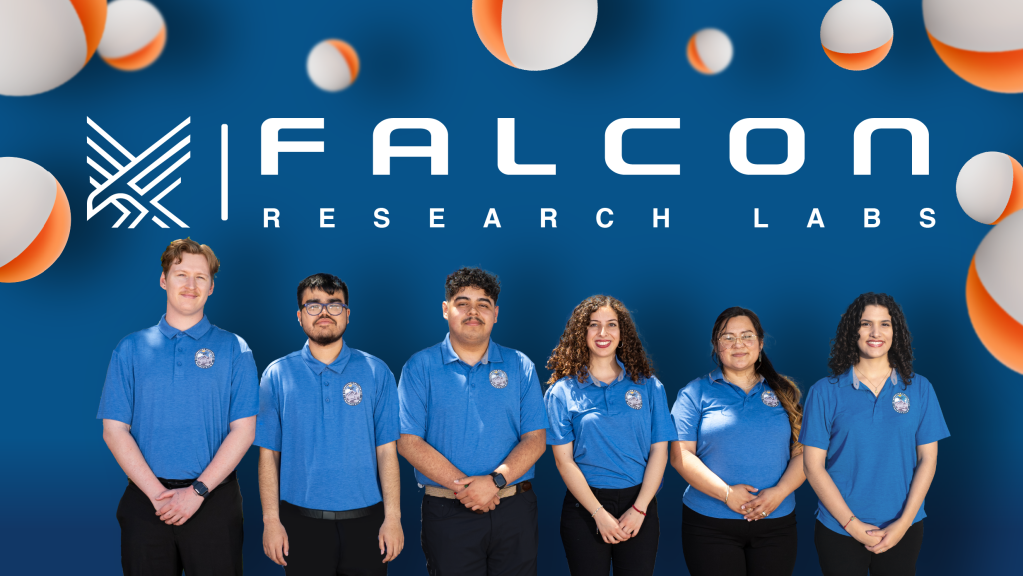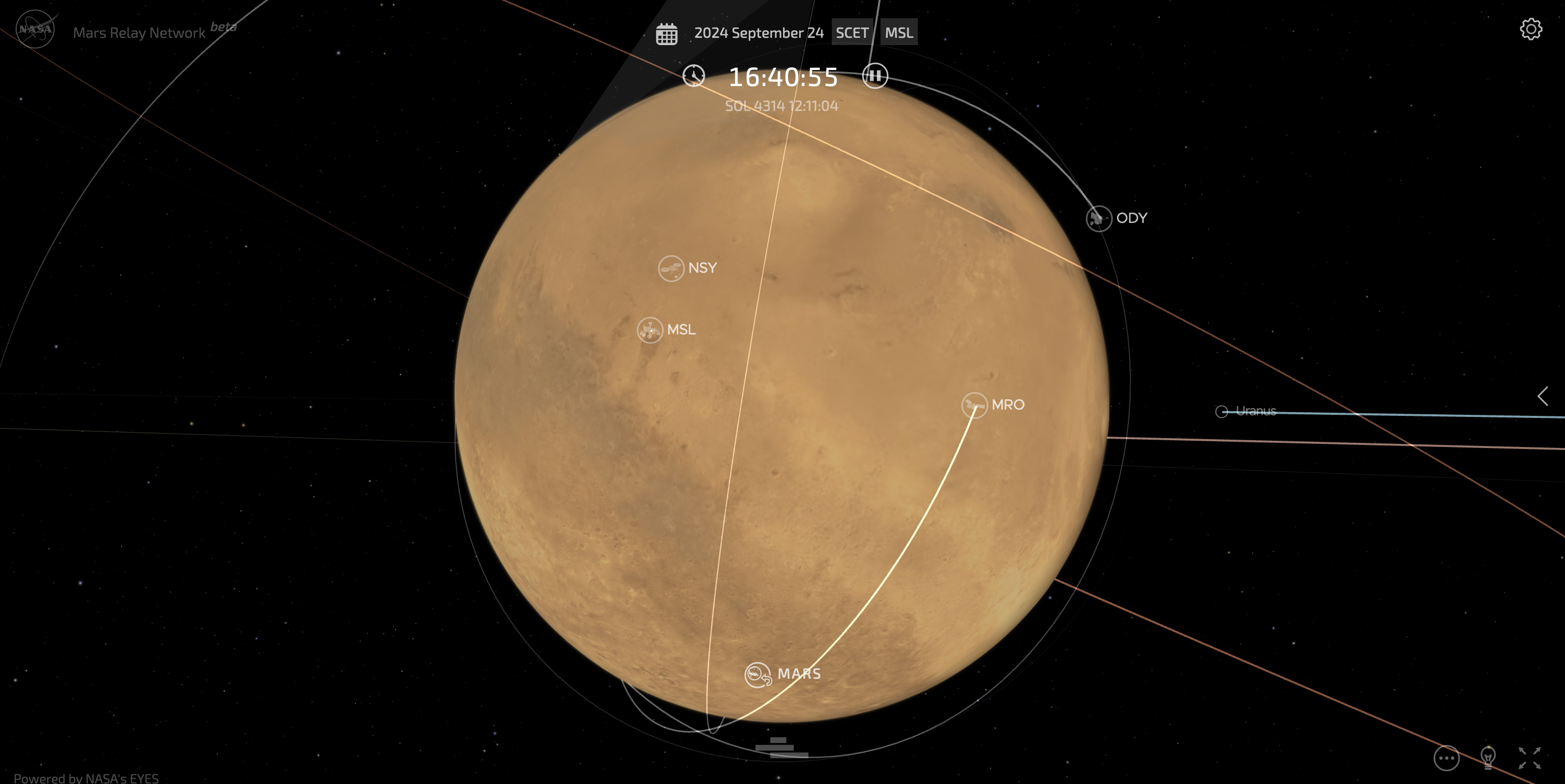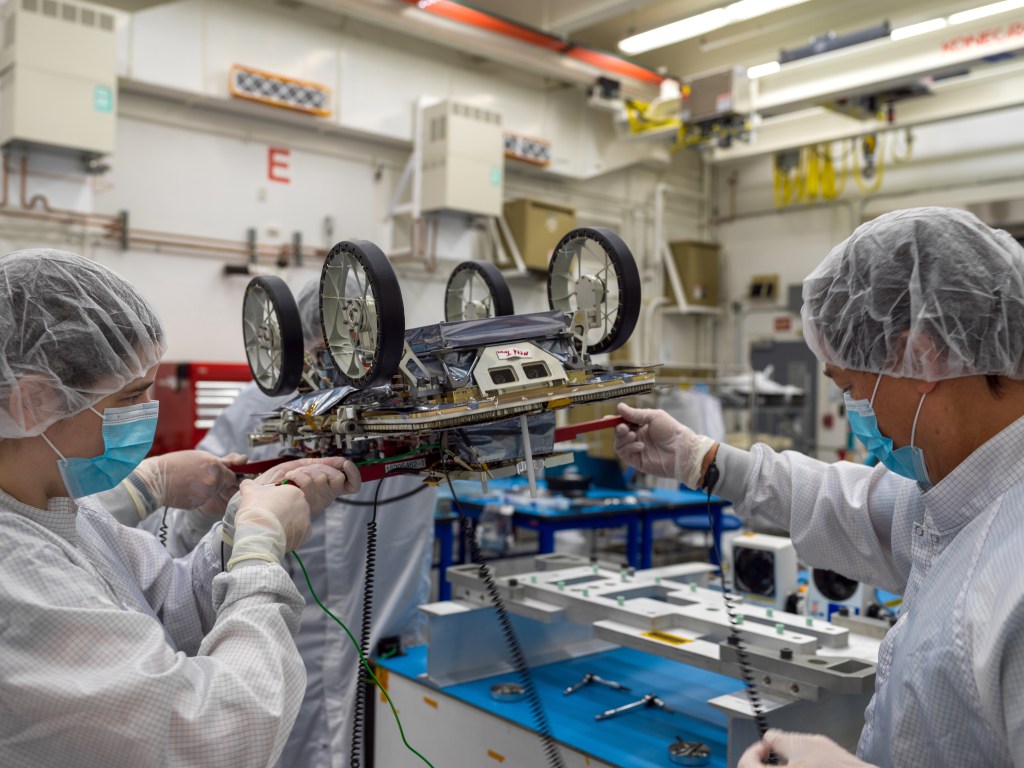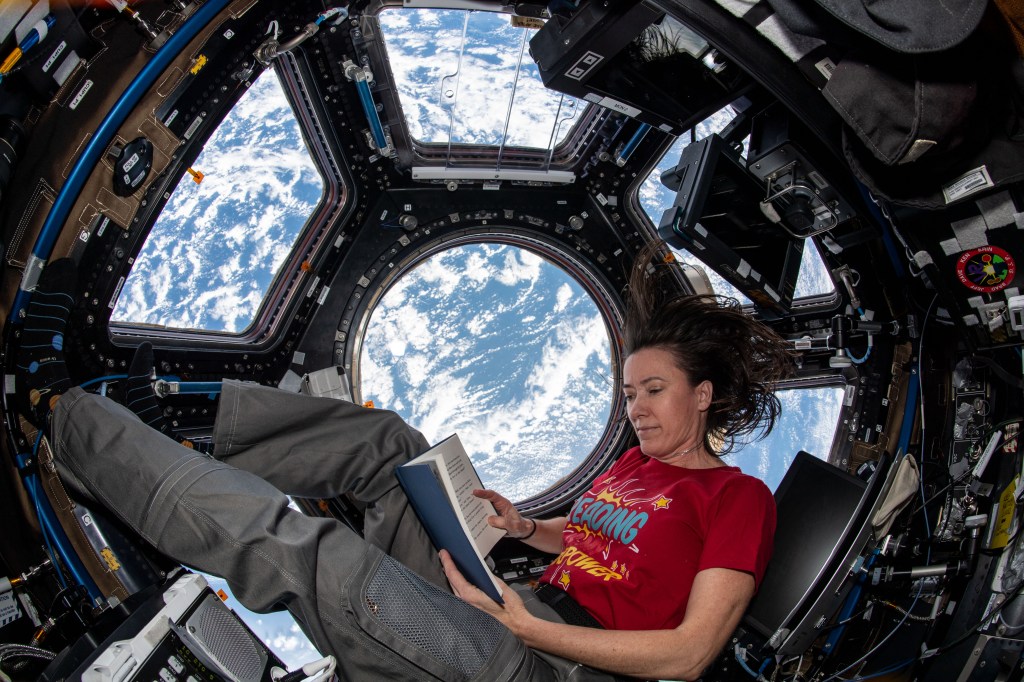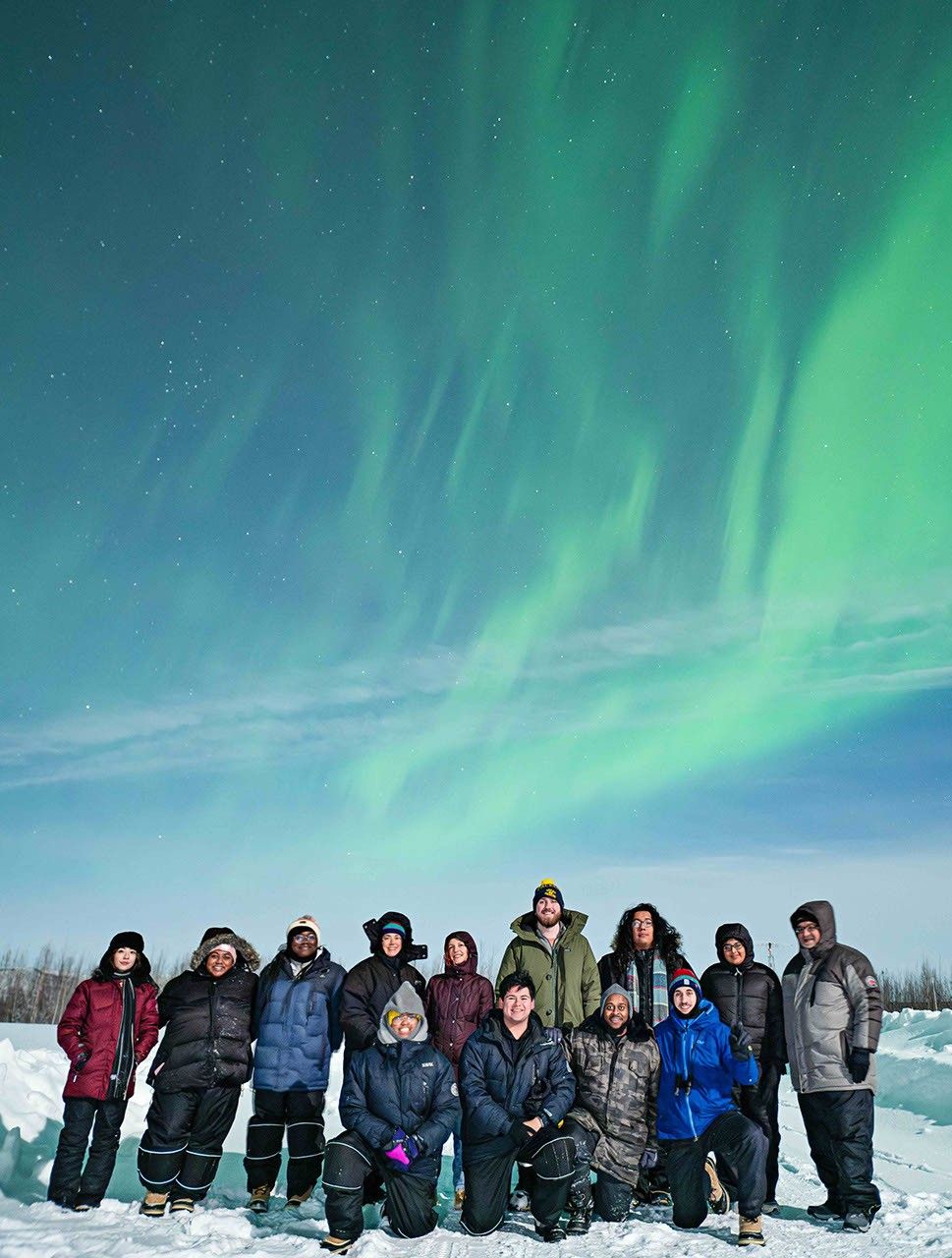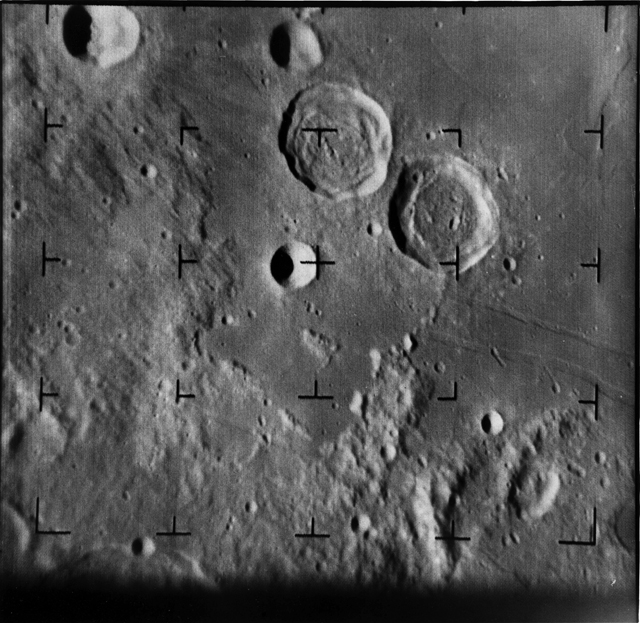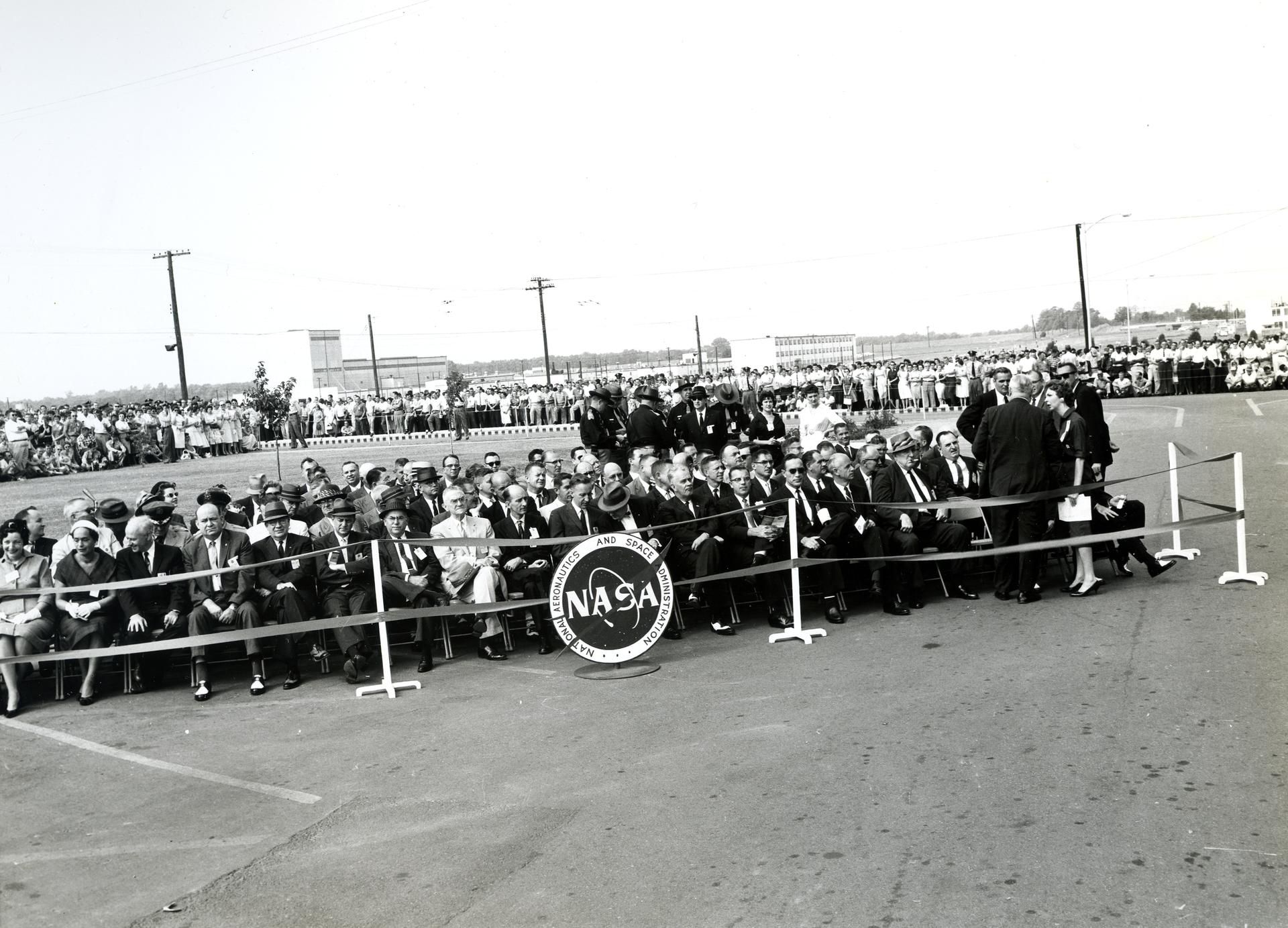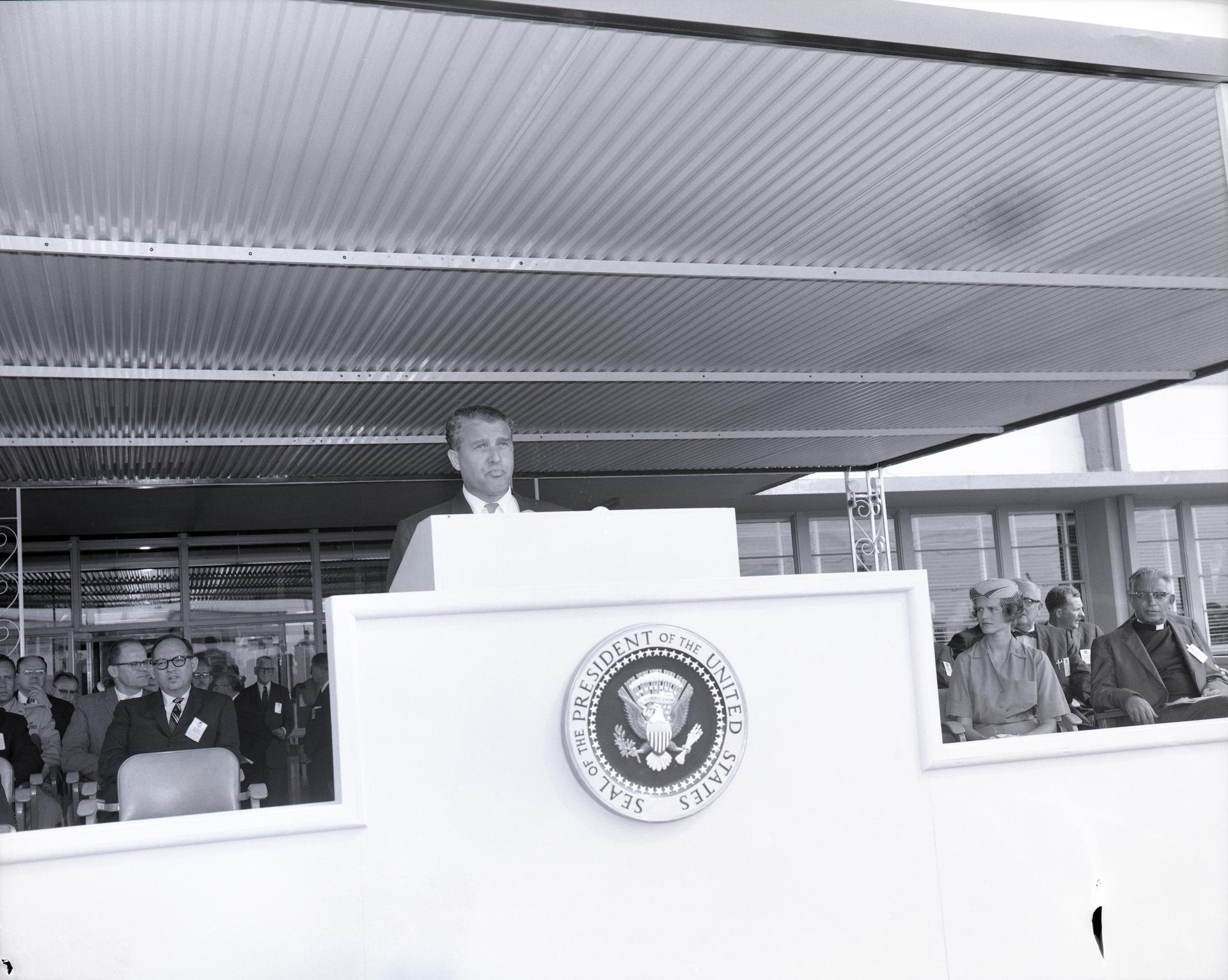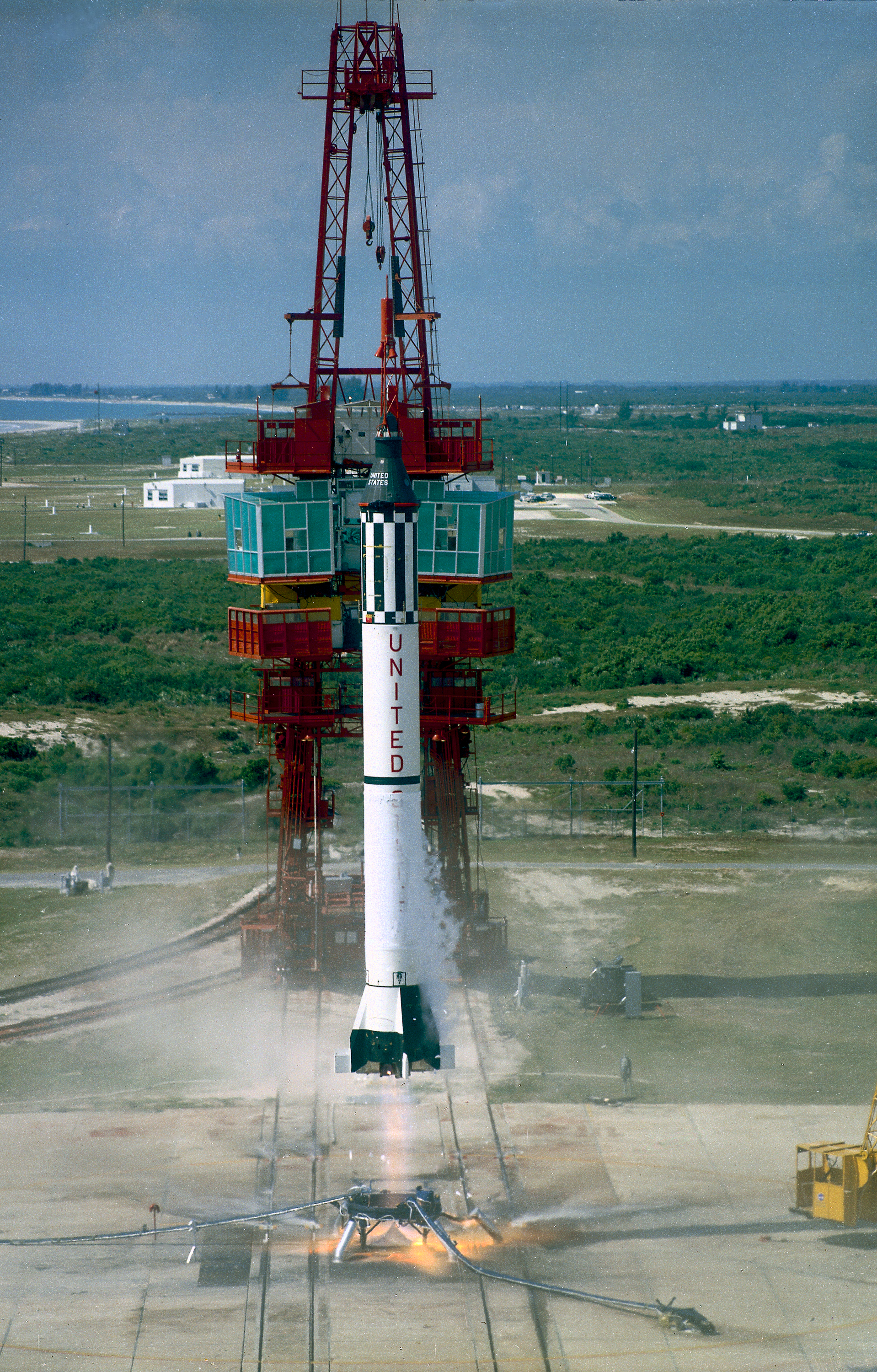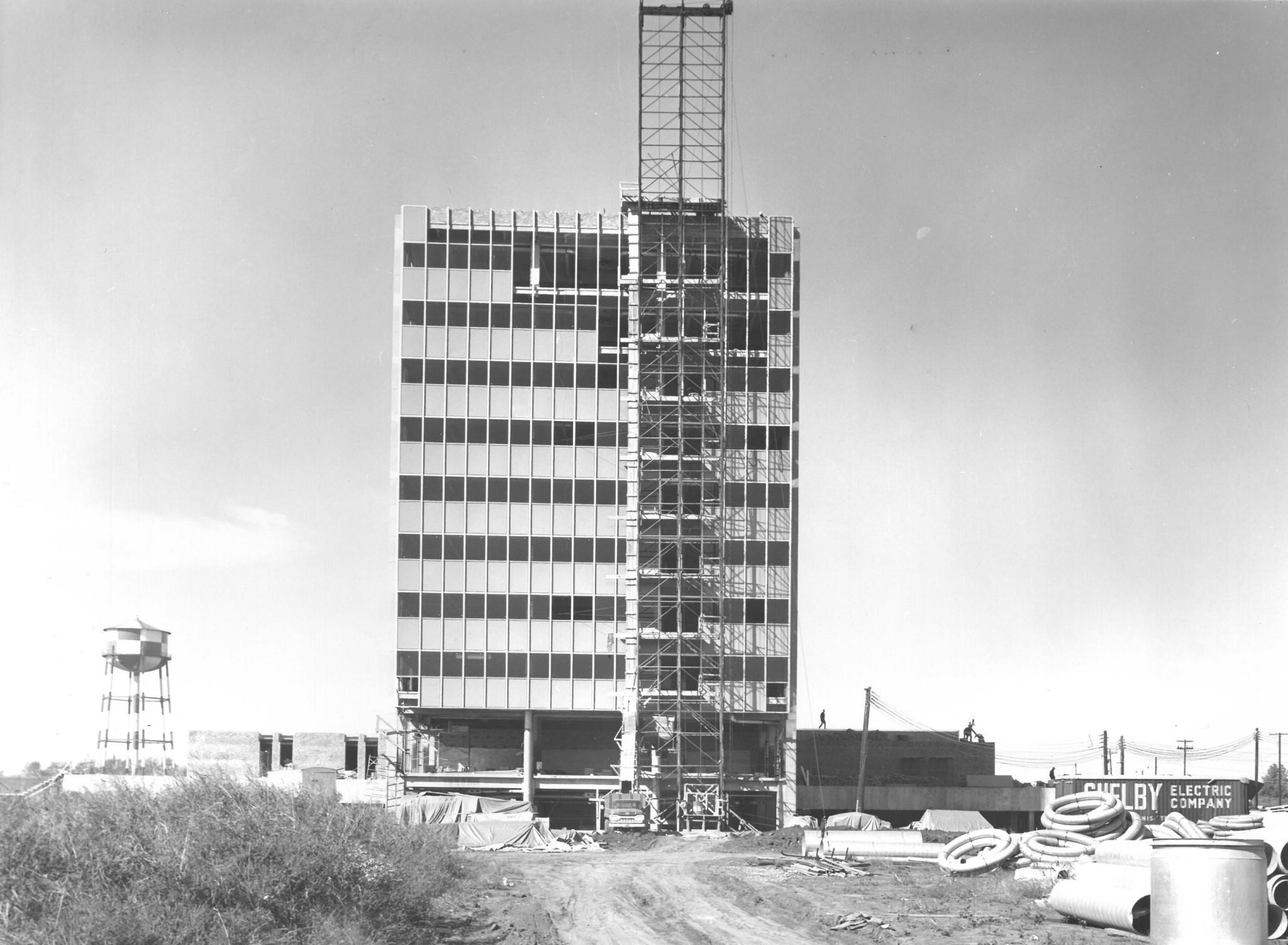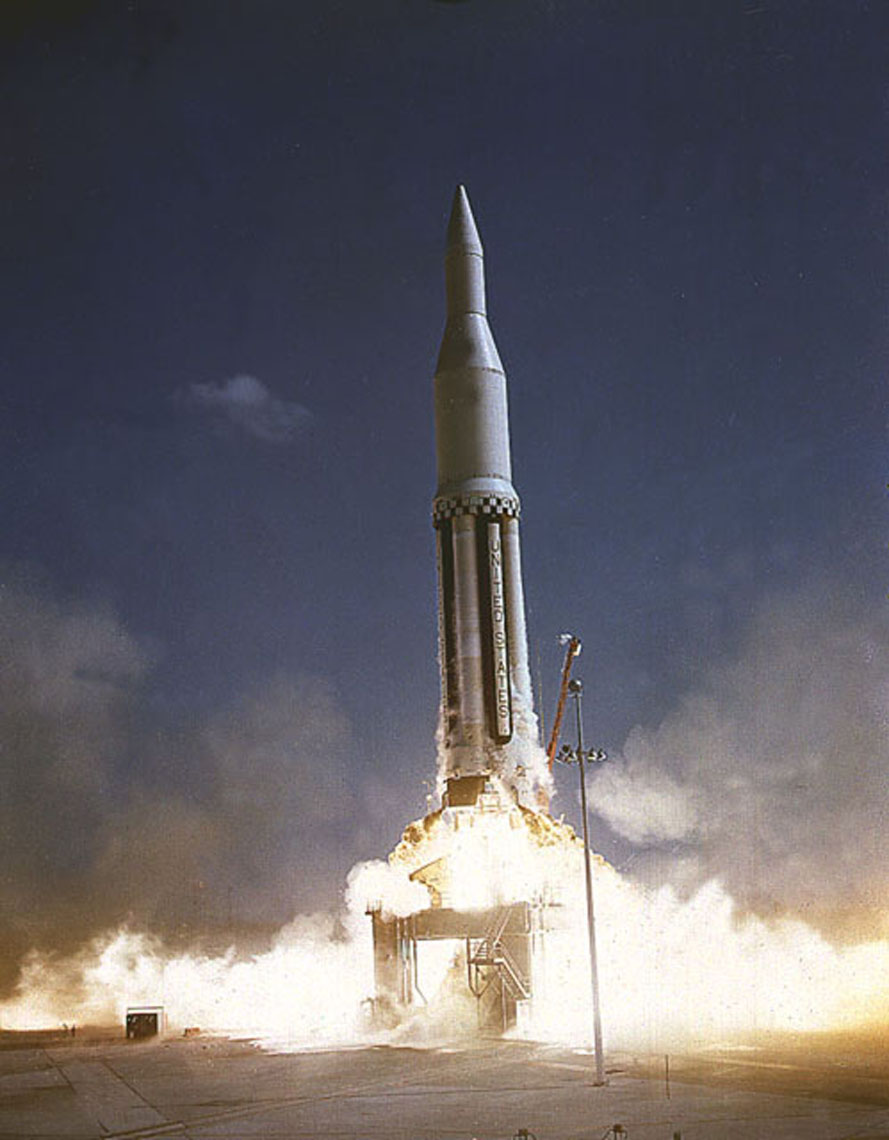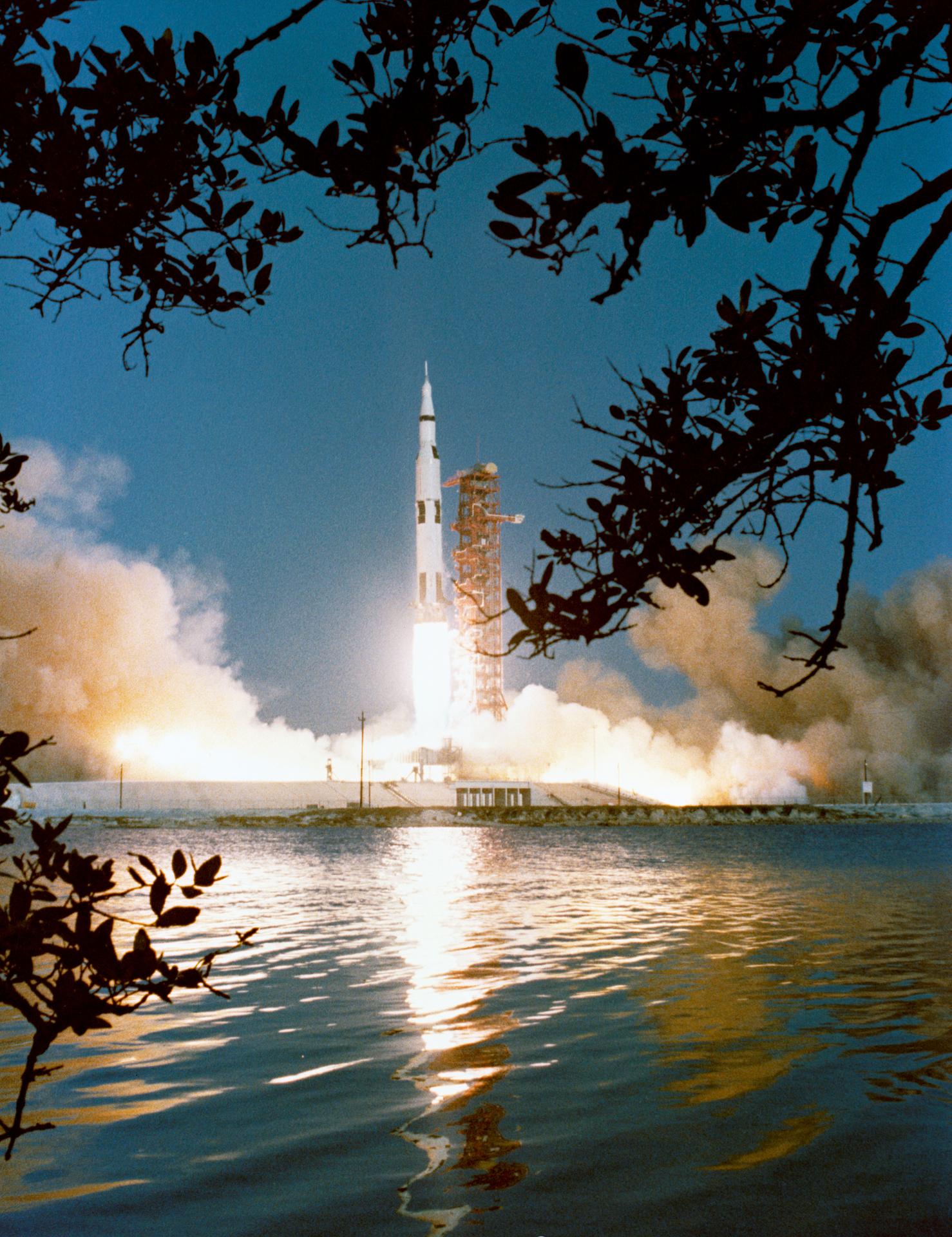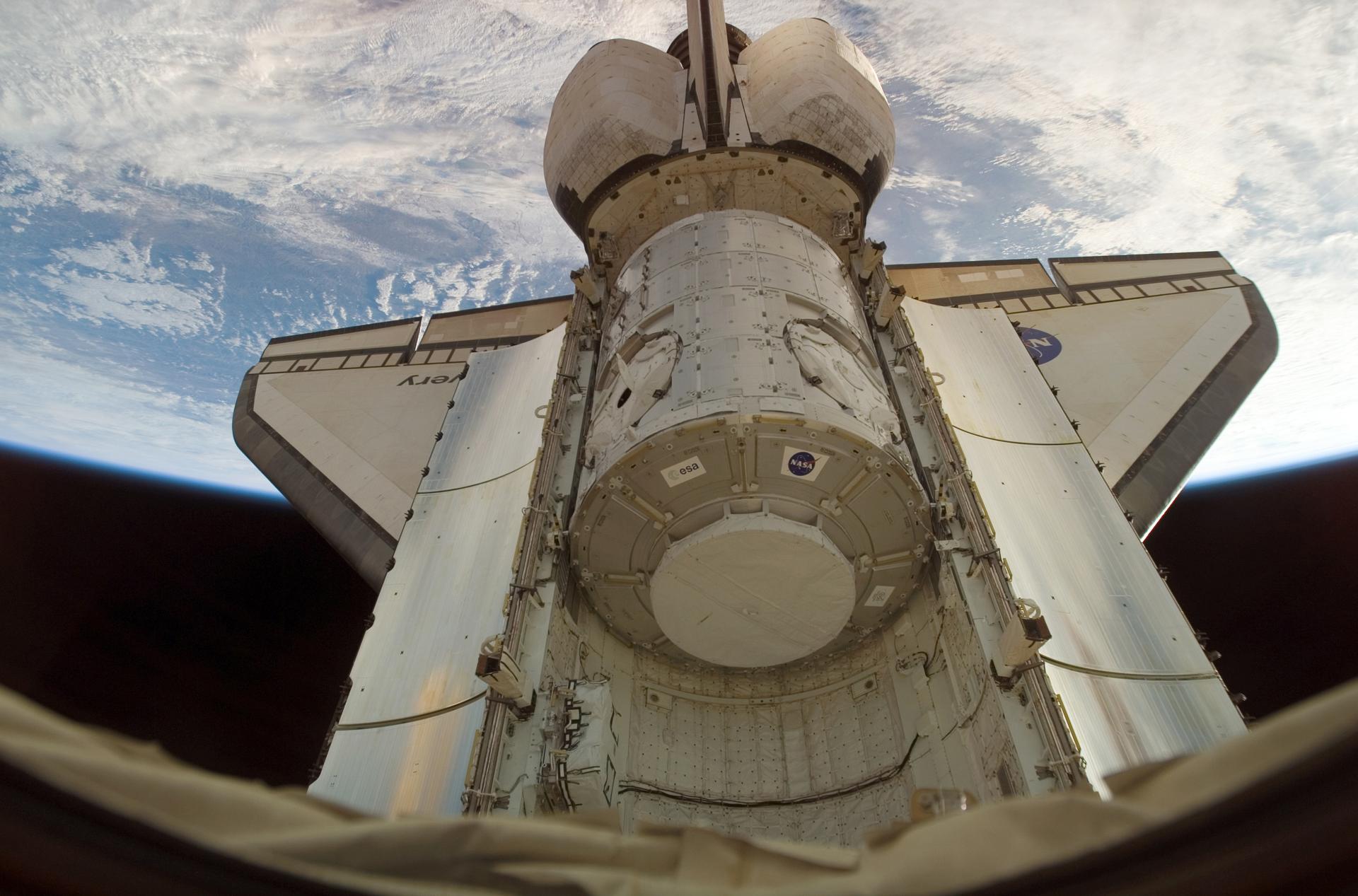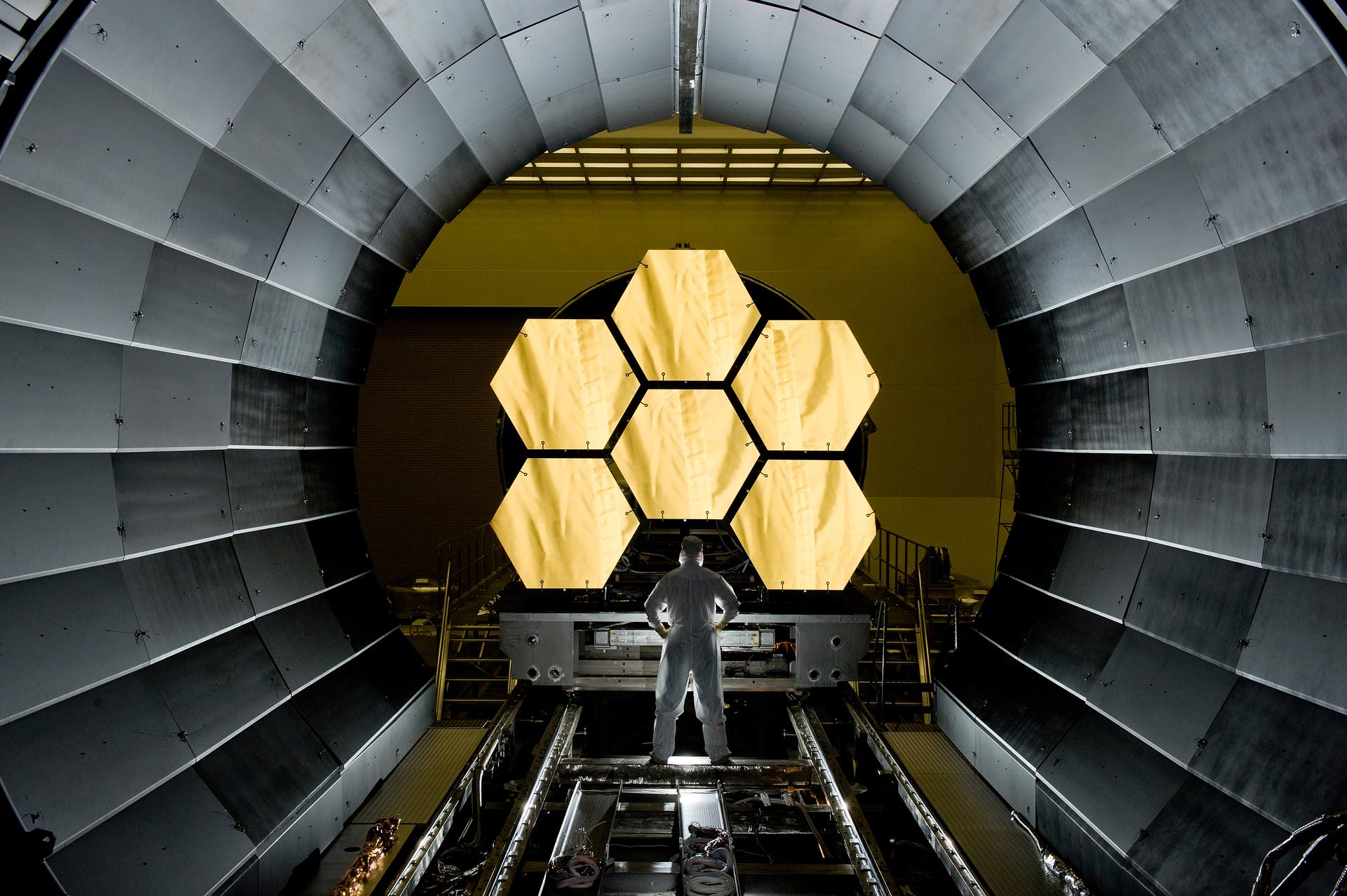July 1, 1960:
NASA’s Marshall Space Flight Center is activated, following Congress’s establishment of NASA in October 1958. The center would be formally named in honor of Gen. George C. Marshall, who served as U.S. Army Chief of Staff under President Franklin Roosevelt during World War II and as Secretary of State under President Harry Truman. Gen. Marshall received the Nobel Prize in 1953 for the post-WWII European Recovery Program of 1948, better known worldwide as “the Marshall Plan.”
Sept. 8, 1960:
President Dwight Eisenhower formally dedicates NASA’s George C. Marshall Space Flight Center in Huntsville, Alabama, as a new NASA field installation. Previously part of the U.S. Army’s Rocket Research and Development Division in Fort Bliss, Texas, the move brought 4,670 civil service employees to Huntsville and granted NASA 1,840 acres of property and facilities on Redstone Arsenal. Eisenhower is joined at the grand opening event by Dr. Wernher von Braun, the center’s first director.
May 5, 1961:
A Redstone rocket developed and tested at Marshall lifts the “Freedom 7” capsule carrying the first American, astronaut Alan Shepard, to suborbital space – marking the successful first crewed flight in NASA’s Mercury Program (1958-1963).
Sept. 7, 1961:
NASA acquires the Michoud Assembly Facility in New Orleans, one of the world’s largest manufacturing facilities, with more than 43 acres of fabrication, engineering, and construction space under a single roof. The facility, operated under Marshall oversight, was initially assigned to Chrysler and Boeing for production of the first stages of the Saturn I and Saturn V rockets. “America’s rocket factory” remains NASA’s key site for the assembly and manufacturing of large-scale space systems, hardware, and structures. Today the facility is responsible for delivering the Space Launch System core stage, the Orion crew vehicle, and other launch vehicle elements supporting the Artemis Program to send the first woman and first person of color to the Moon.
Sept. 30, 1961:
Marshall leaders break ground to begin construction of Building 4200, which will serve as its storied administrative headquarters for the next 63 years. The building was home to Marshall’s first 14 center directors and key engineering and science. Building 4200 was razed on Oct. 29, 2022, but a veritable trove of imagery and other documentation is publicly available through the Library of Congress.
April 25, 1962:
Taking advantage of the chance to conduct scientific study during early flight testing of NASA’s Saturn I rocket, Marshall researchers devised “Project Highwater,” detonating the rockets in flight once test objectives were achieved – and in the process releasing thousands of gallons of ballast water, used to properly weigh down the inert rocket stages, into the upper atmosphere. The test permitted study of the effects of propellant diffusion in the event of a rocket detonation at high altitude, helping to verify tactics used to protect observers on the ground. The test – followed up by a second, identical test conducted on Nov. 16, 1962 – marked the first use of the Saturn I vehicle for scientific purposes.
Feb. 16, 1965:
NASA launches the first of three Pegasus Project satellites via a Marshall-built Saturn I rocket. Pegasus was an initiative to study the frequency of micrometeoroid impacts on spacecraft, a new safety measure to protect astronauts living and working in space. The Pegasus satellite was developed by Fairchild-Hiller Corp. of Hagerstown, Maryland, with Marshall oversight.
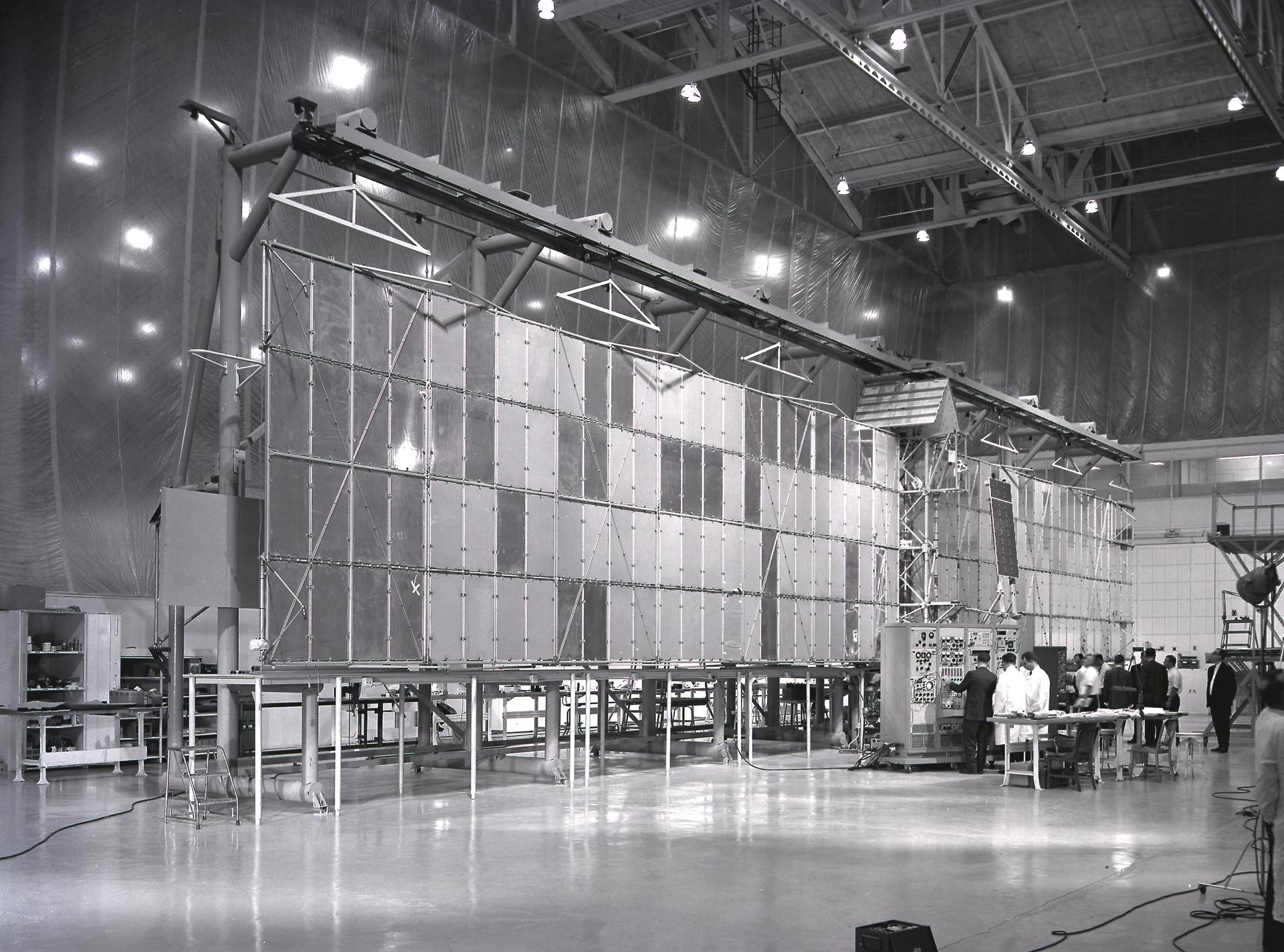
Feb. 26, 1966:
The Rocketdyne J-2, liquid-oxygen/cryogenic-liquid-hydrogen rocket engine used to power NASA’s Saturn IB and Saturn V launch vehicles, lifts off on its first successful test flight. Marshall test engineers conducted exhaustive testing onsite of hydrogen high-pressure pump bearings and liquid-oxygen turbine pump components for the J-2, helping to establish Marshall’s world-class reputation for certifying state-of-the-art space systems, hardware, and components.
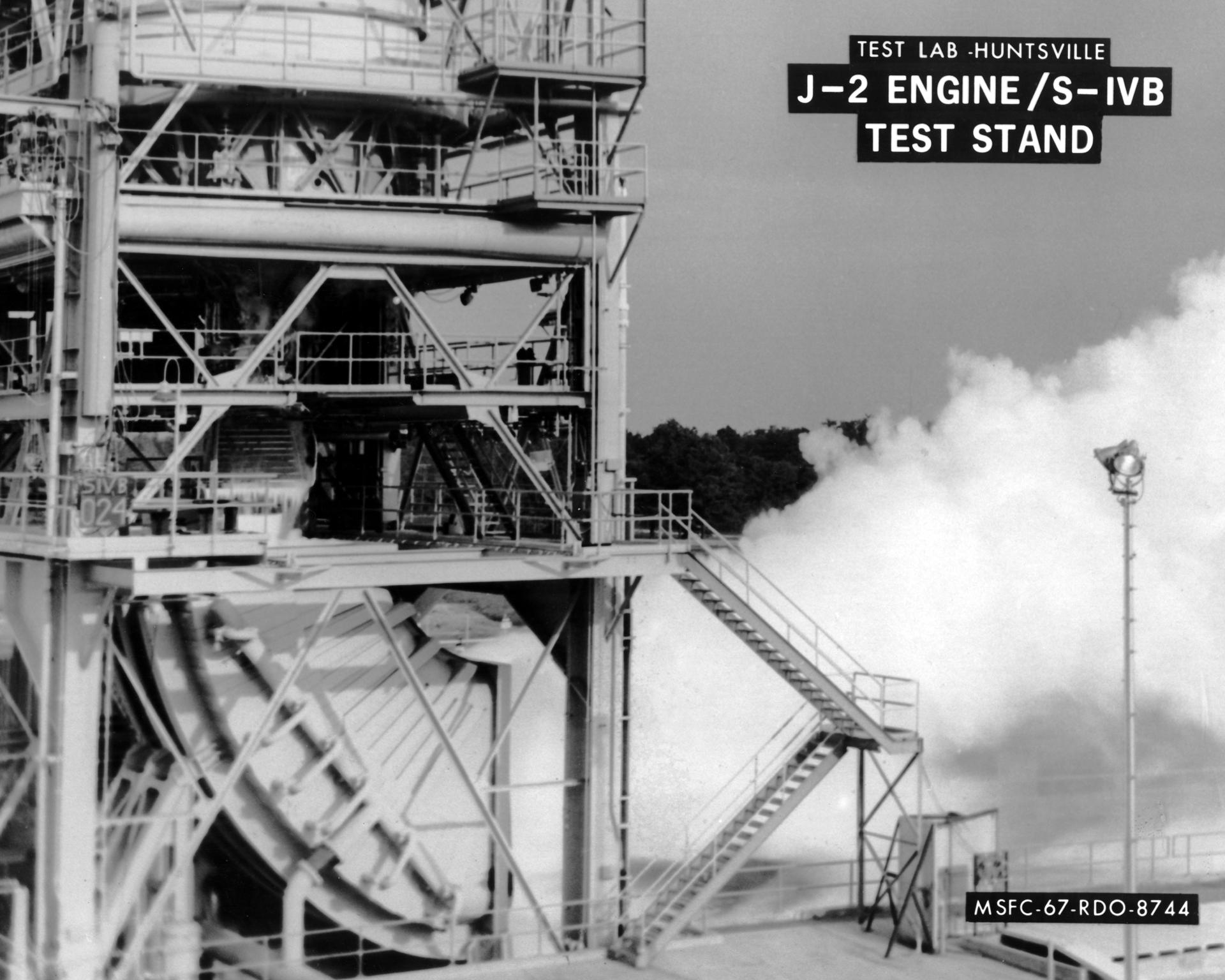
Nov. 9, 1967:
Developed, tested, and built at Marshall, the first successful Saturn V rocket launch takes place on this date at NASA’s Kennedy Space Center, Florida. The largest of the Saturn family of rockets, the Saturn V was the backbone of NASA’s Apollo program. Fifteen flight-ready Saturn Vs, plus three used for ground testing, were built. Thirteen of these launched from Kennedy, nine of them carrying a total of 24 astronauts to the Moon between 1968-1972. The Saturn Vs were built by a coalition of prime contractors – Boeing, North American Aviation, Douglas Aircraft Co., and IBM – under Marshall management.
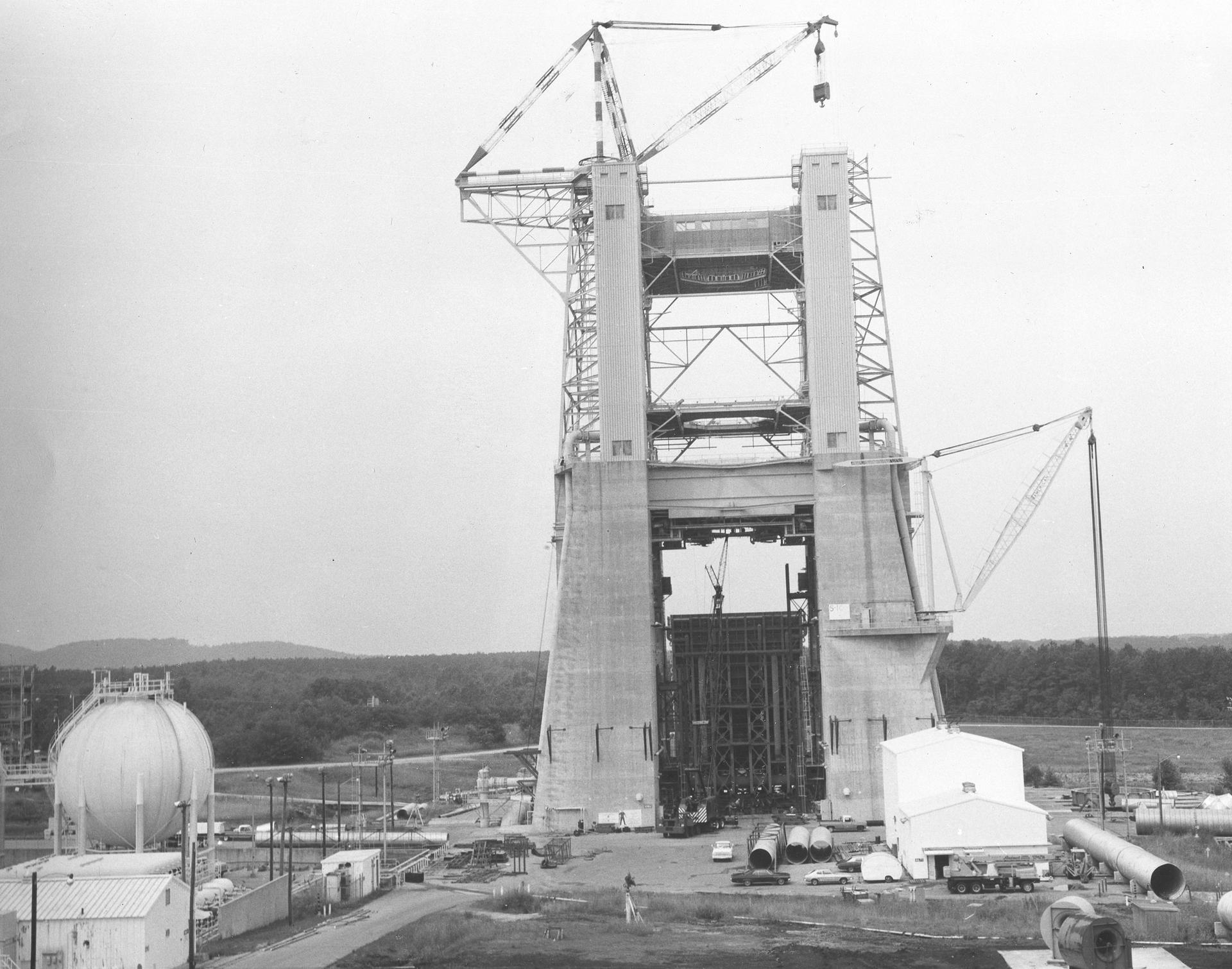
July 16, 1969:
The Saturn V rocket, developed and managed by Marshall, lifts off from NASA’s Kennedy Space Center carrying the Apollo 11 capsule and its three-man crew. Four days later, as Apollo module pilot Michael Collins orbited above them, astronauts Neil Armstrong and Edwin “Buzz” Aldrin became the first humans to set foot on the Moon.
Oct. 28, 1969:
NASA selects Boeing as the prime contractor for the Lunar Roving Vehicle (LRV). Designed to operate in lunar microgravity, the LRV would enable astronauts to traverse and dramatically extend the range of their lunar surface exploration. The entire development cycle was fast-tracked to meet Apollo launch dates, and Marshall and Boeing delivered the first “moonbuggy” just 17 months after they began. Three lunar rovers traveled the lunar surface during Apollo 15 in 1971 and Apollo 16 and Apollo 17 in 1972; all three rovers remain on the Moon. Here on Earth, LRV technology helped revolutionize motorized wheelchairs, and the legacy of innovation lives on. NASA’s Human Exploration Rover Challenge is an annual competition in which high school, college, and university students design, build, and pilot their own two-person rovers.
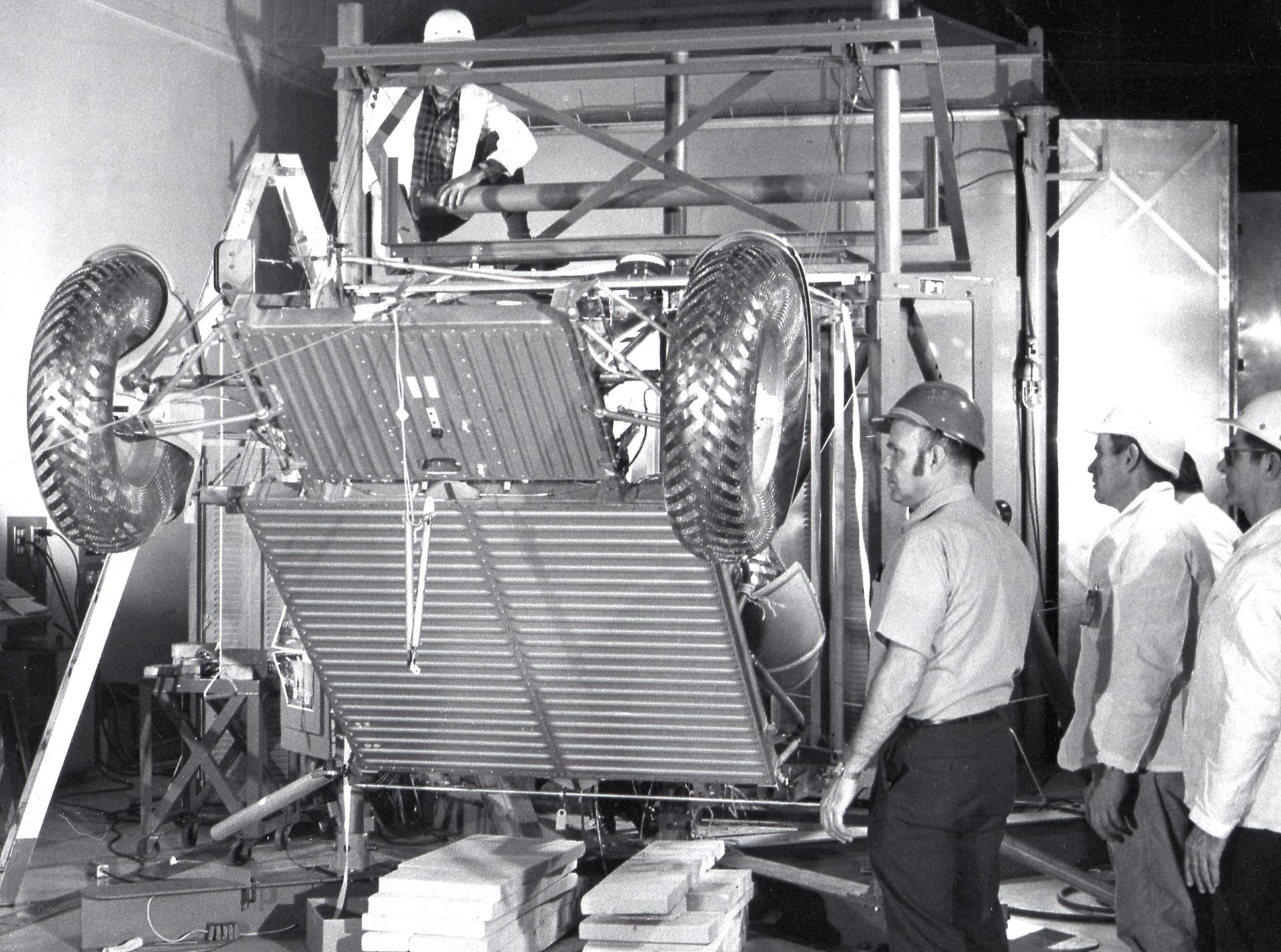
Media
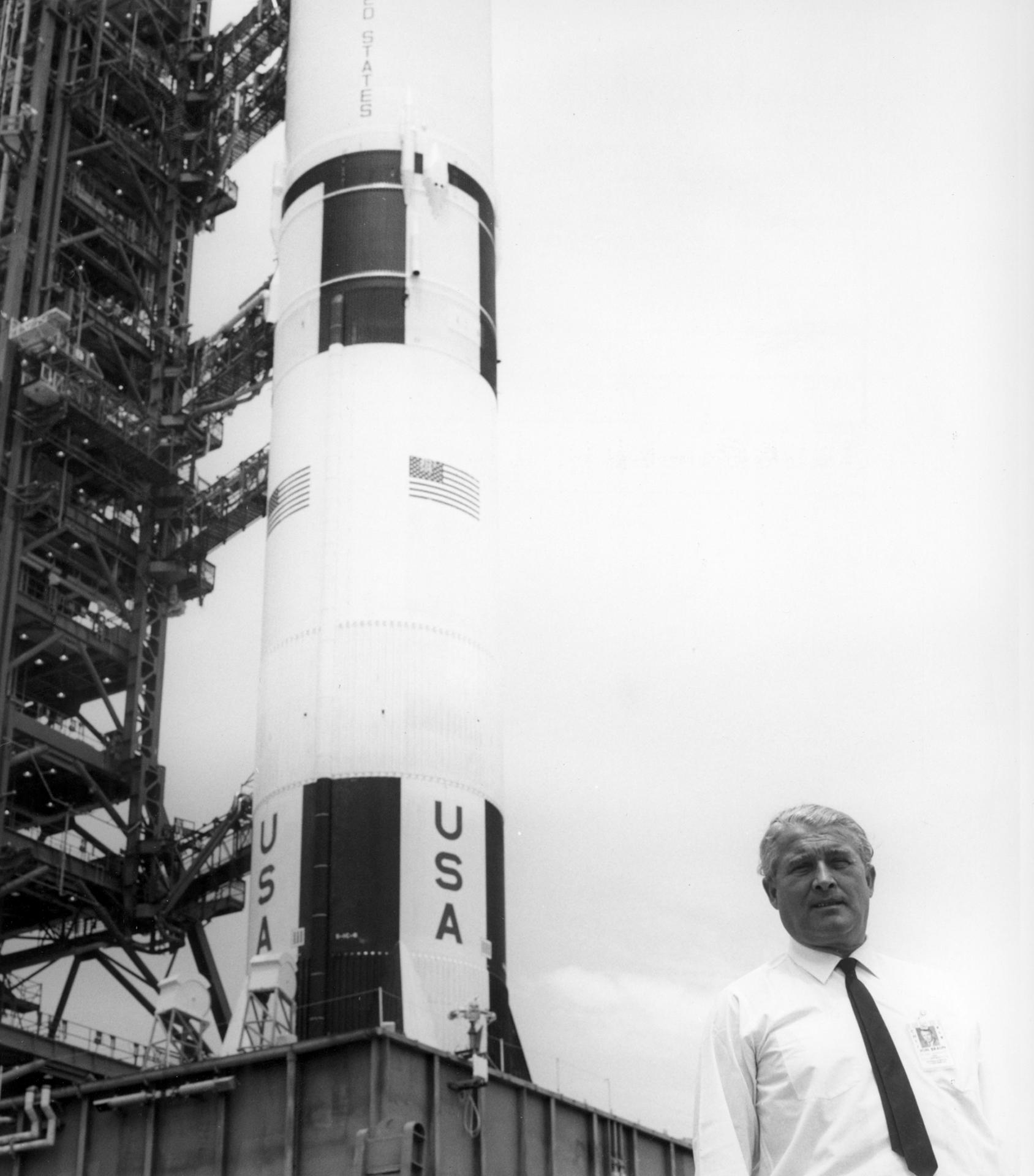
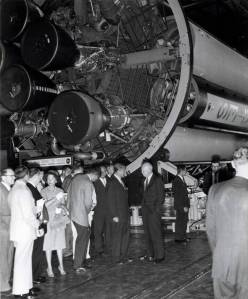
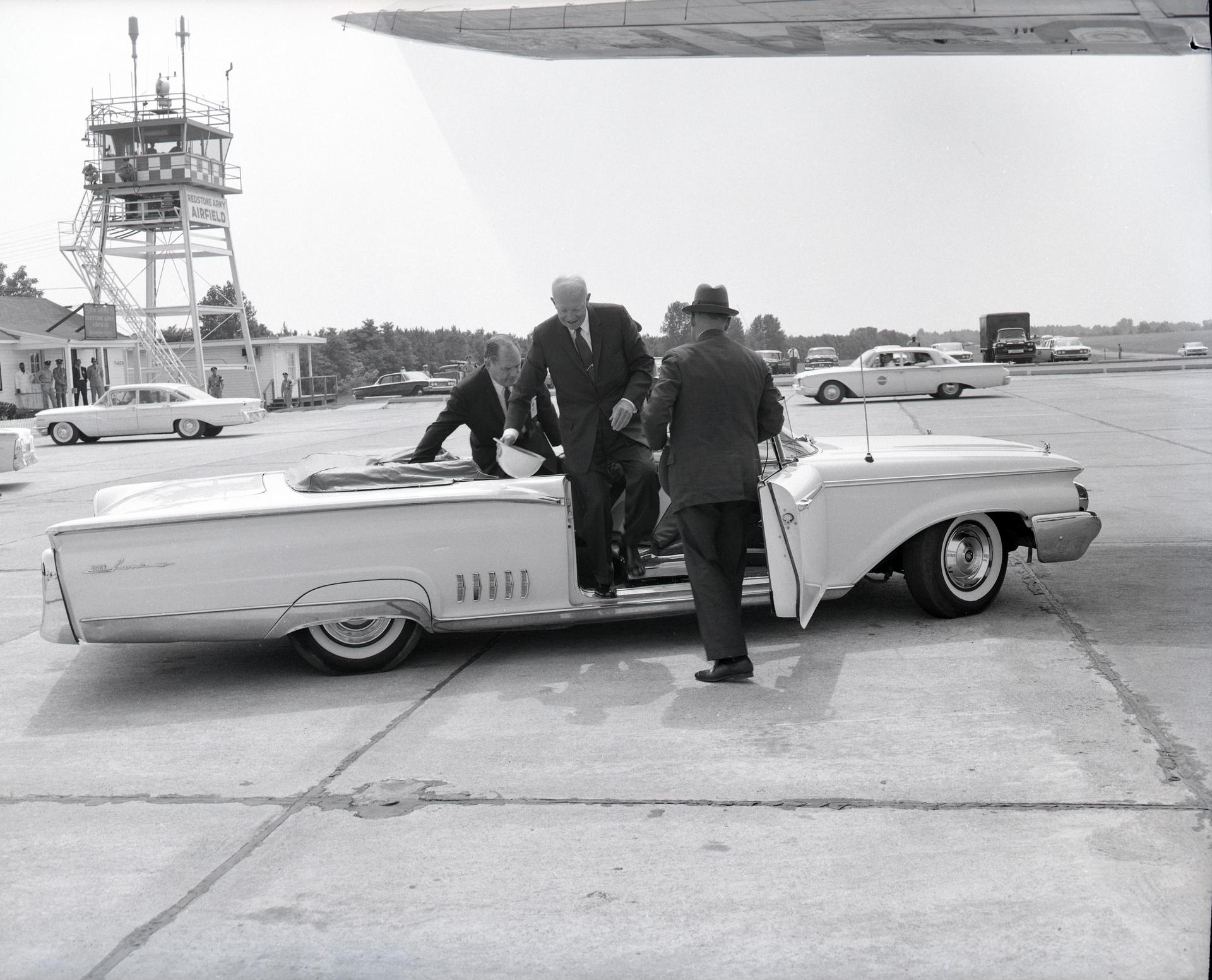

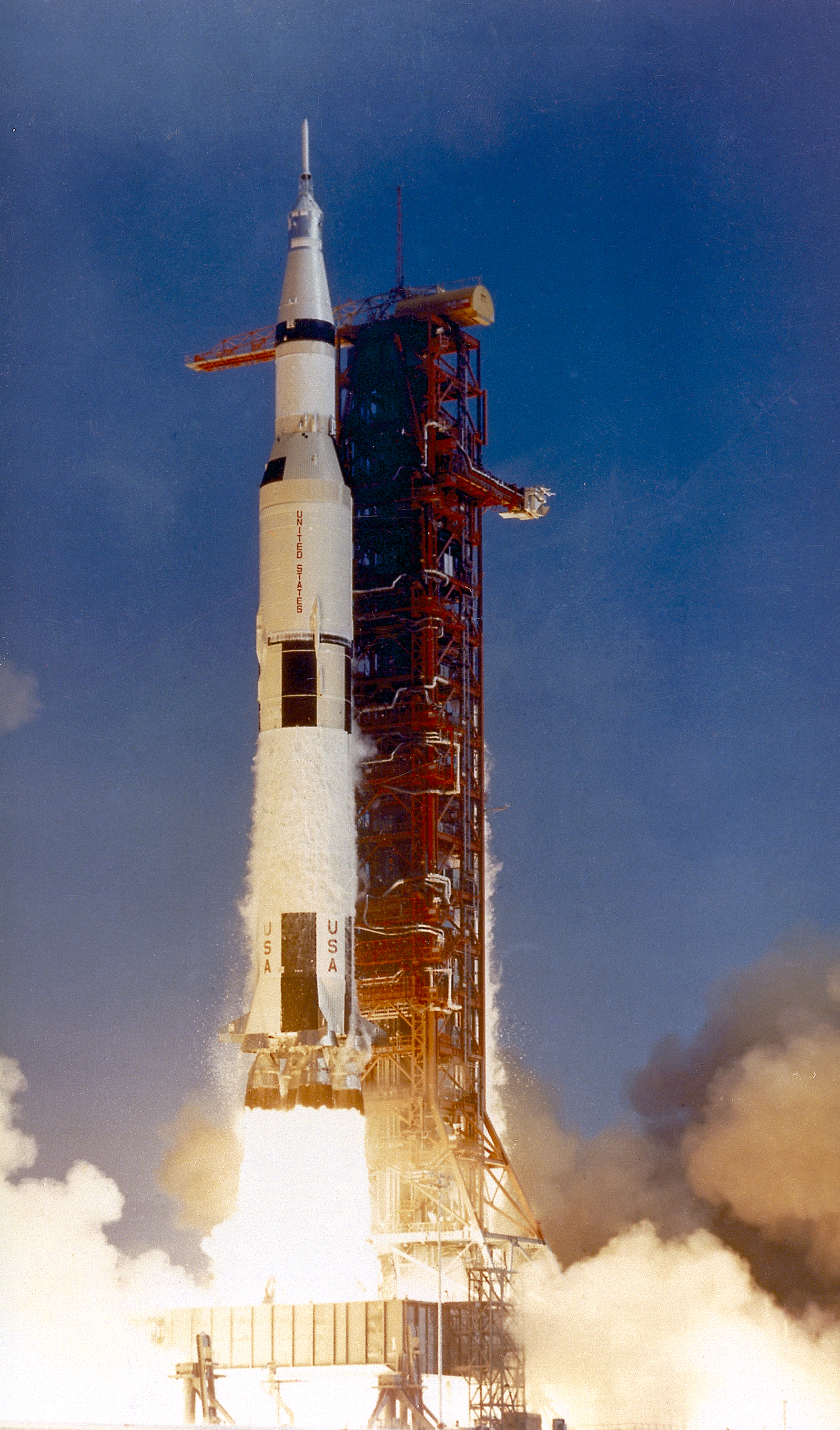

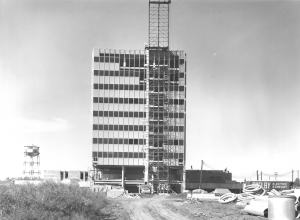
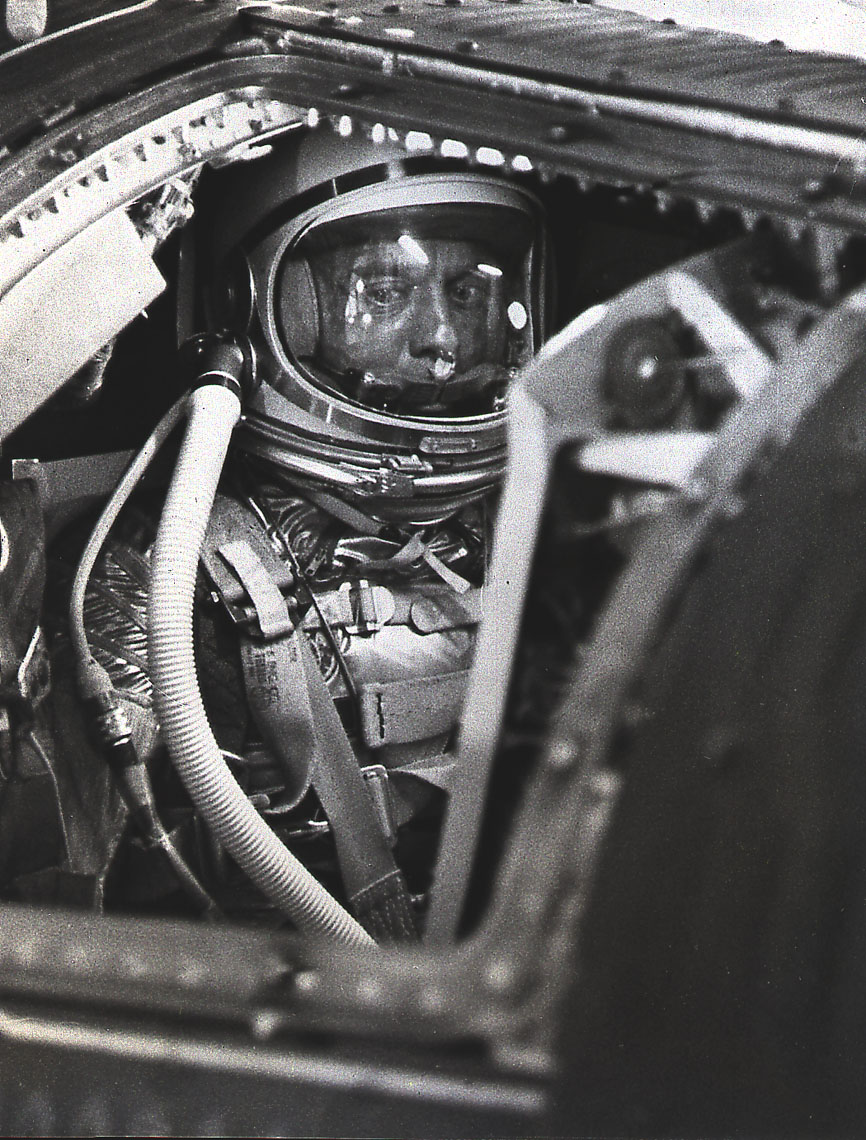
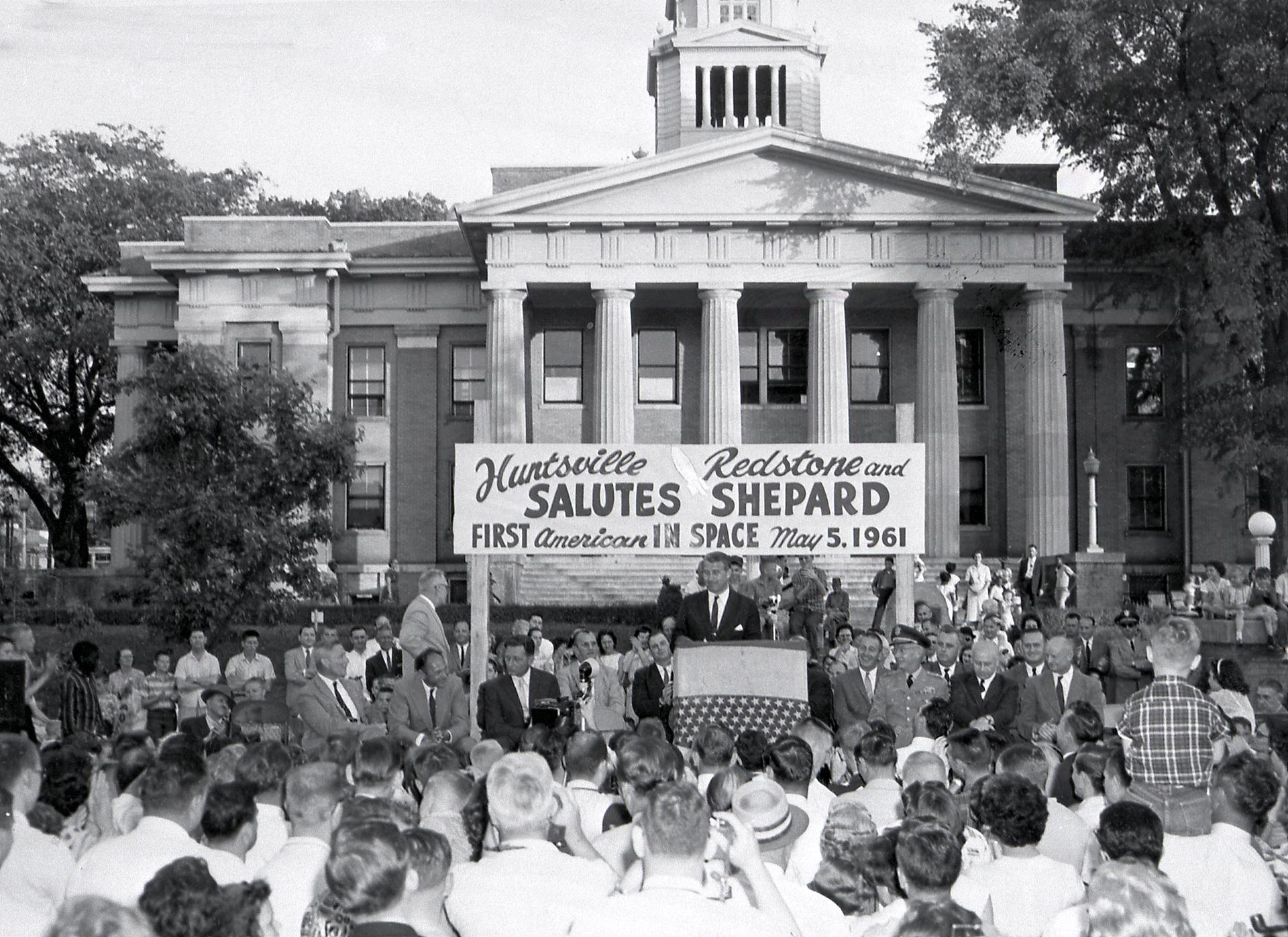
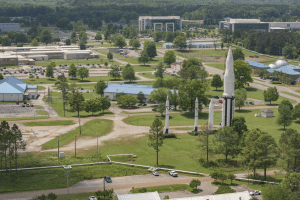
More Marshall Decades
Marshall 65
For 65 years, NASA’s Marshall Space Flight Center has shaped or supported nearly every facet of the nation’s ongoing mission of space exploration and discovery, solving the most complex, technical flight challenges and contributing to science to improve life and protect resources around the world.
Learn More about Marshall 65